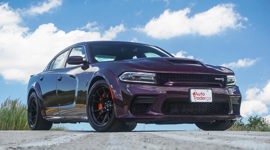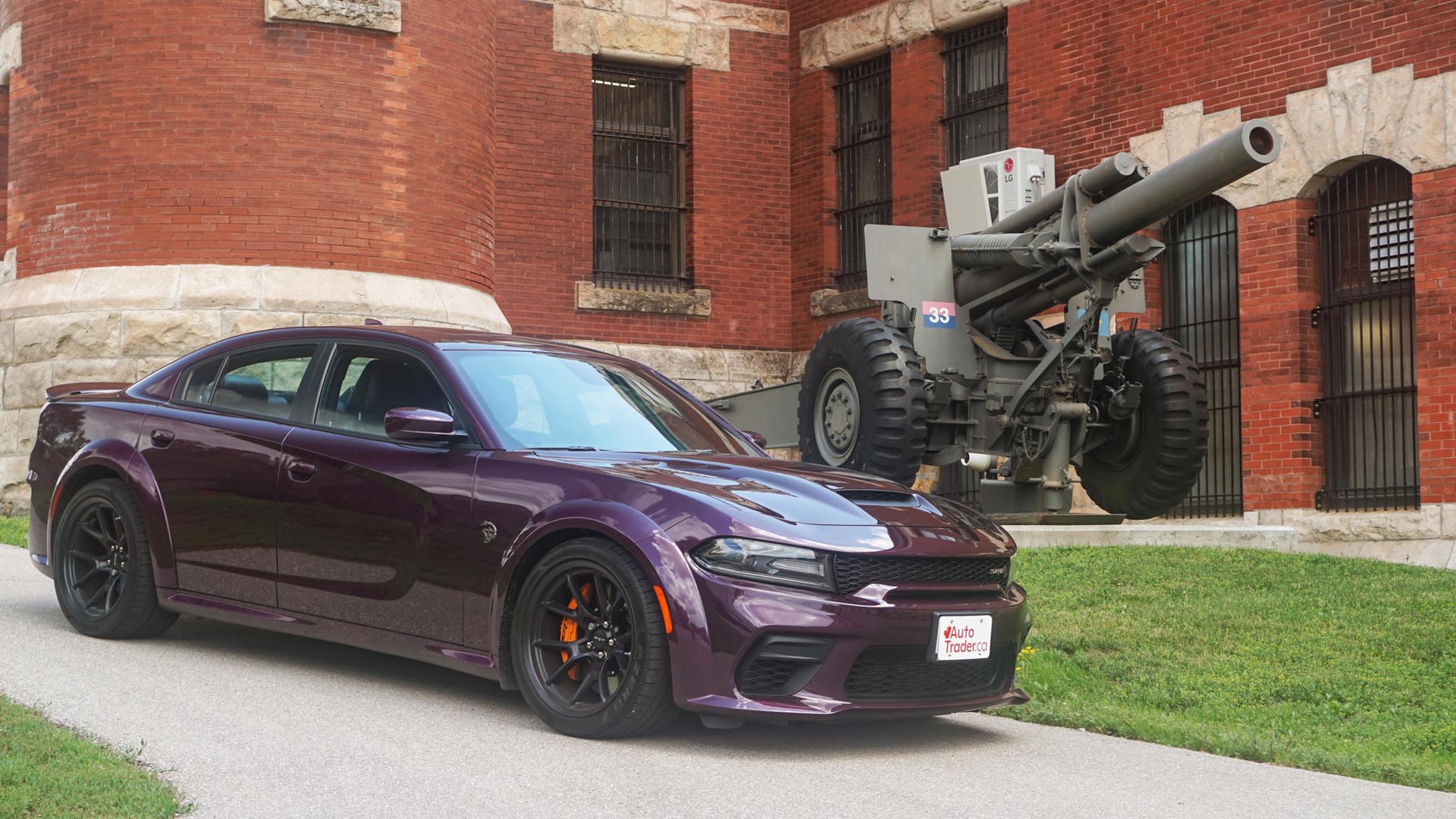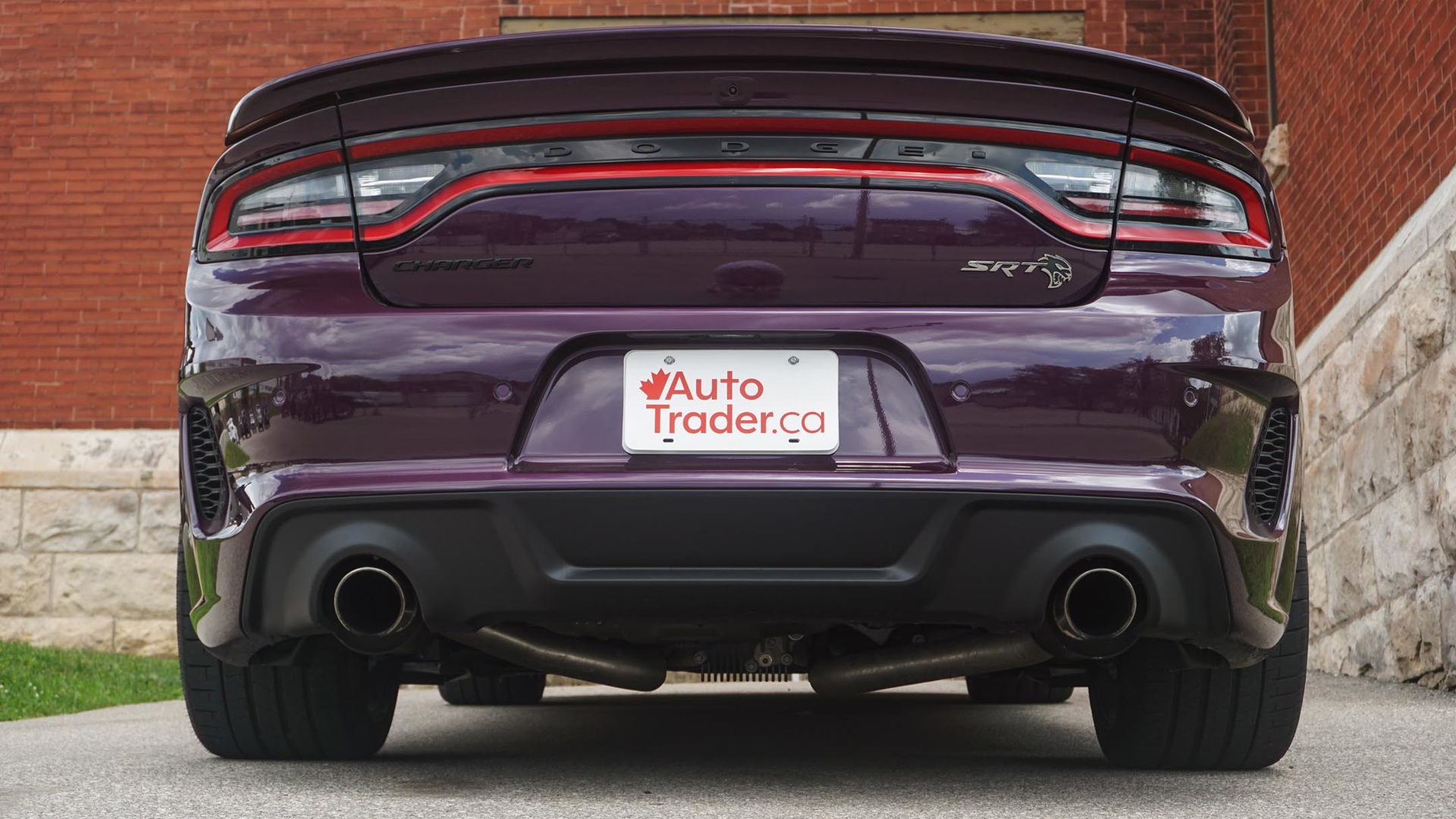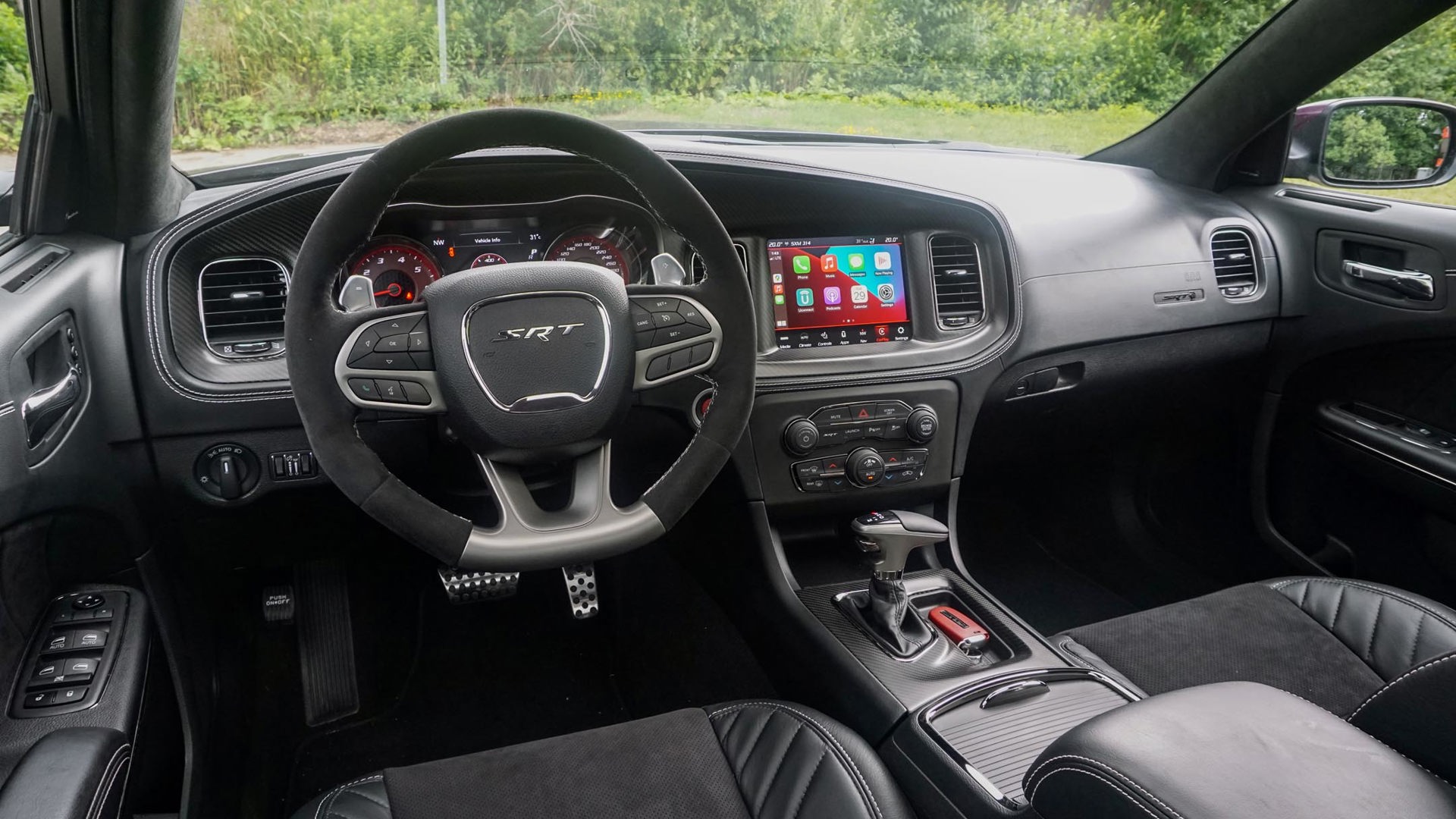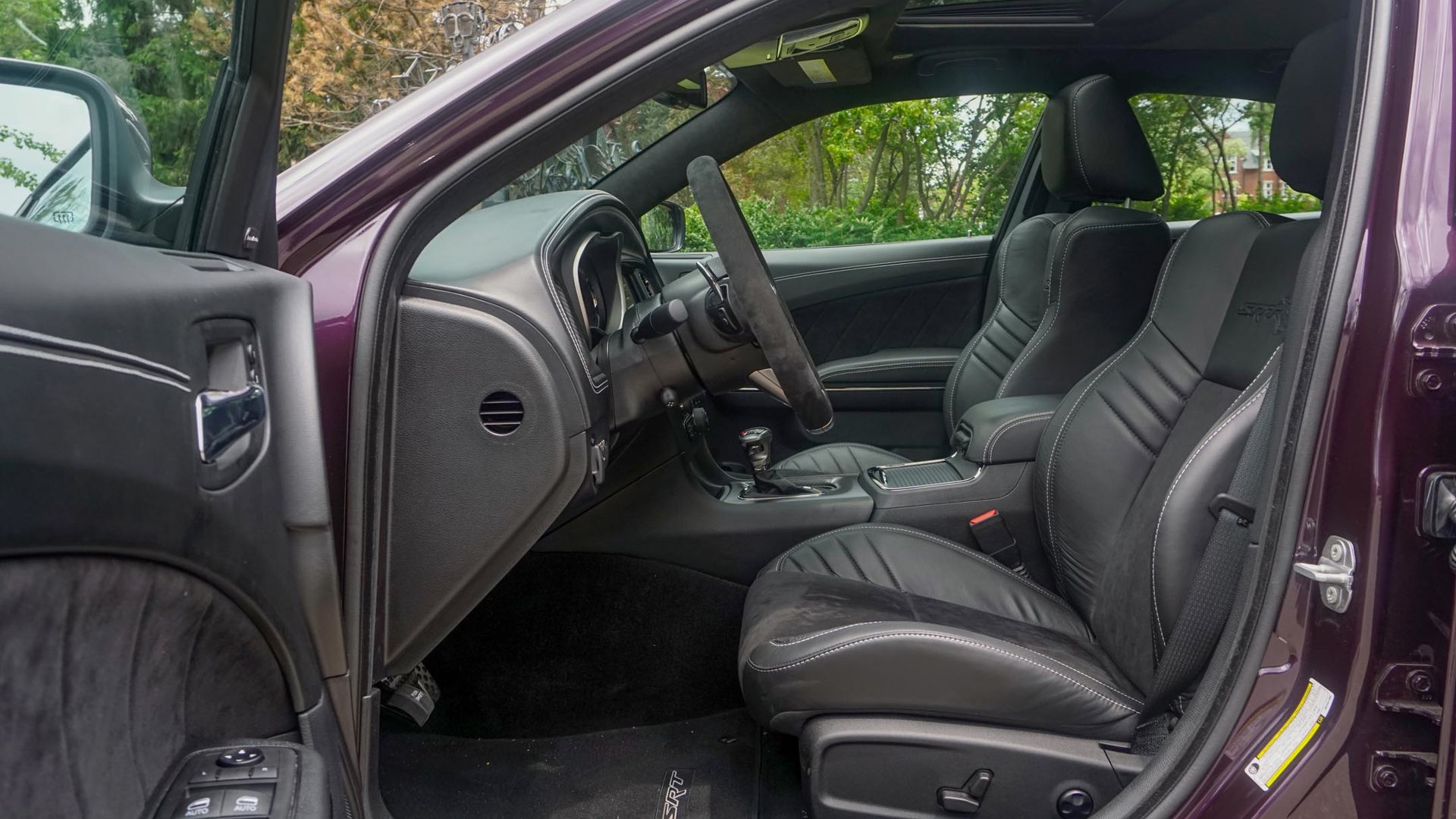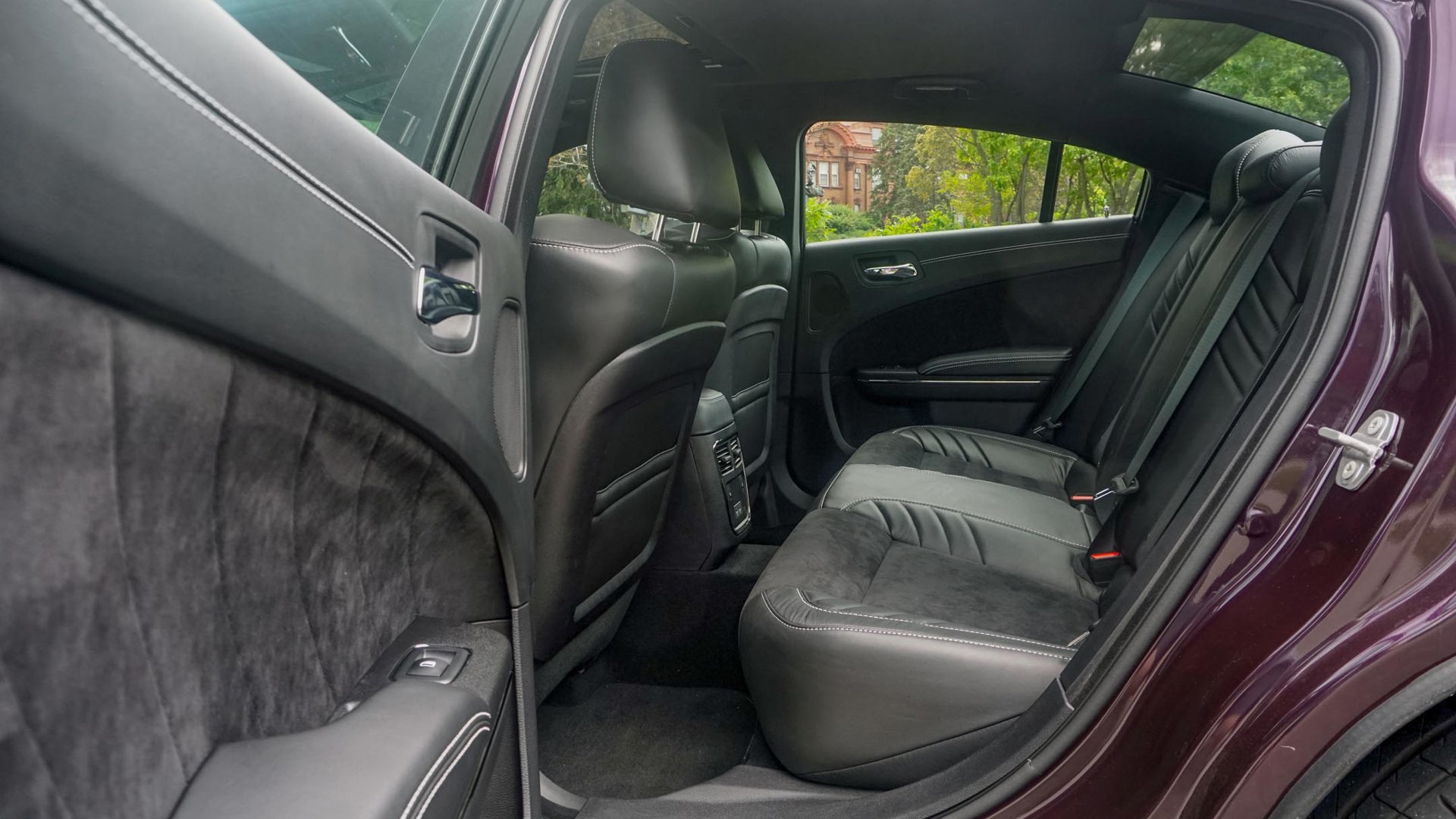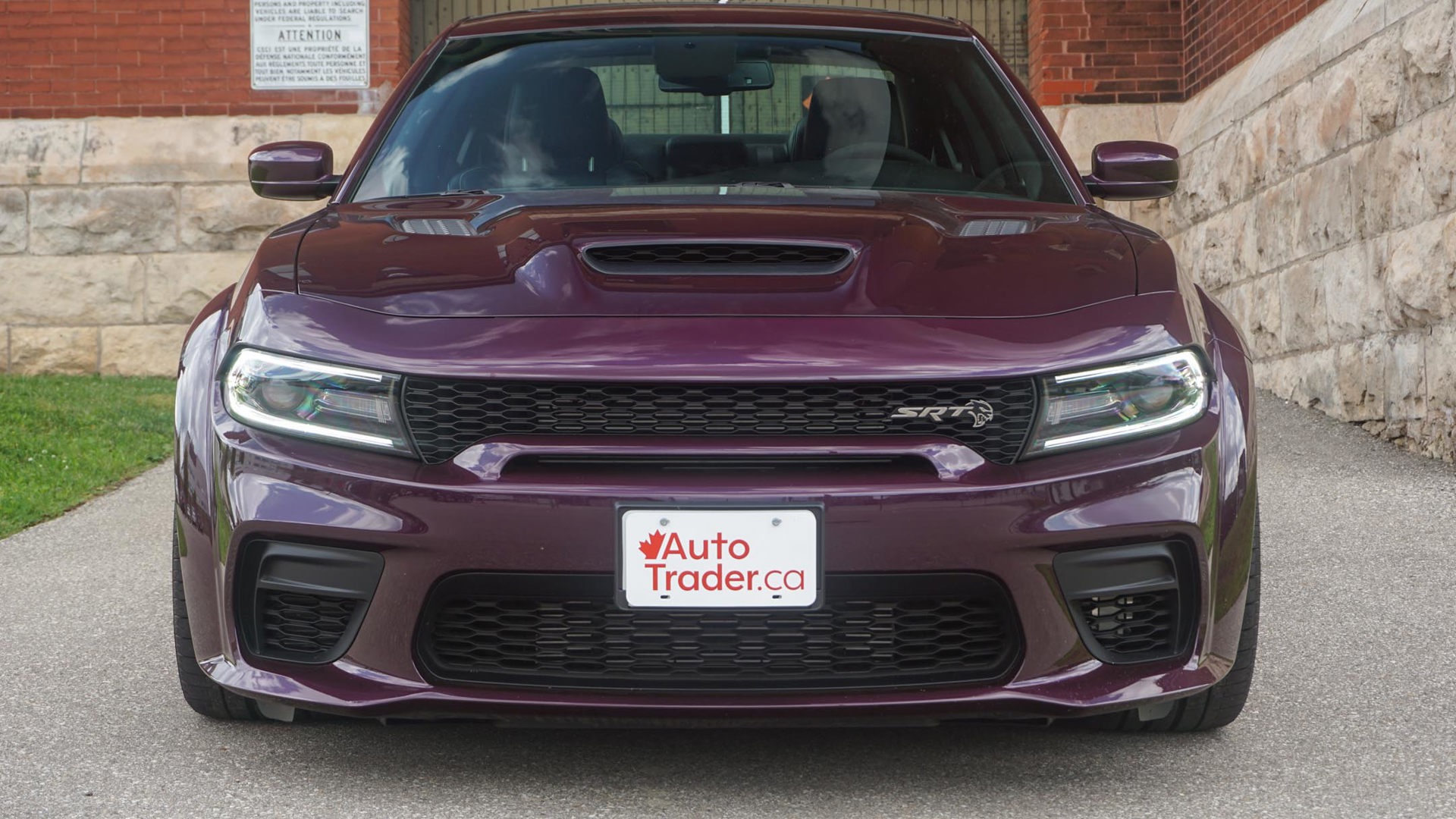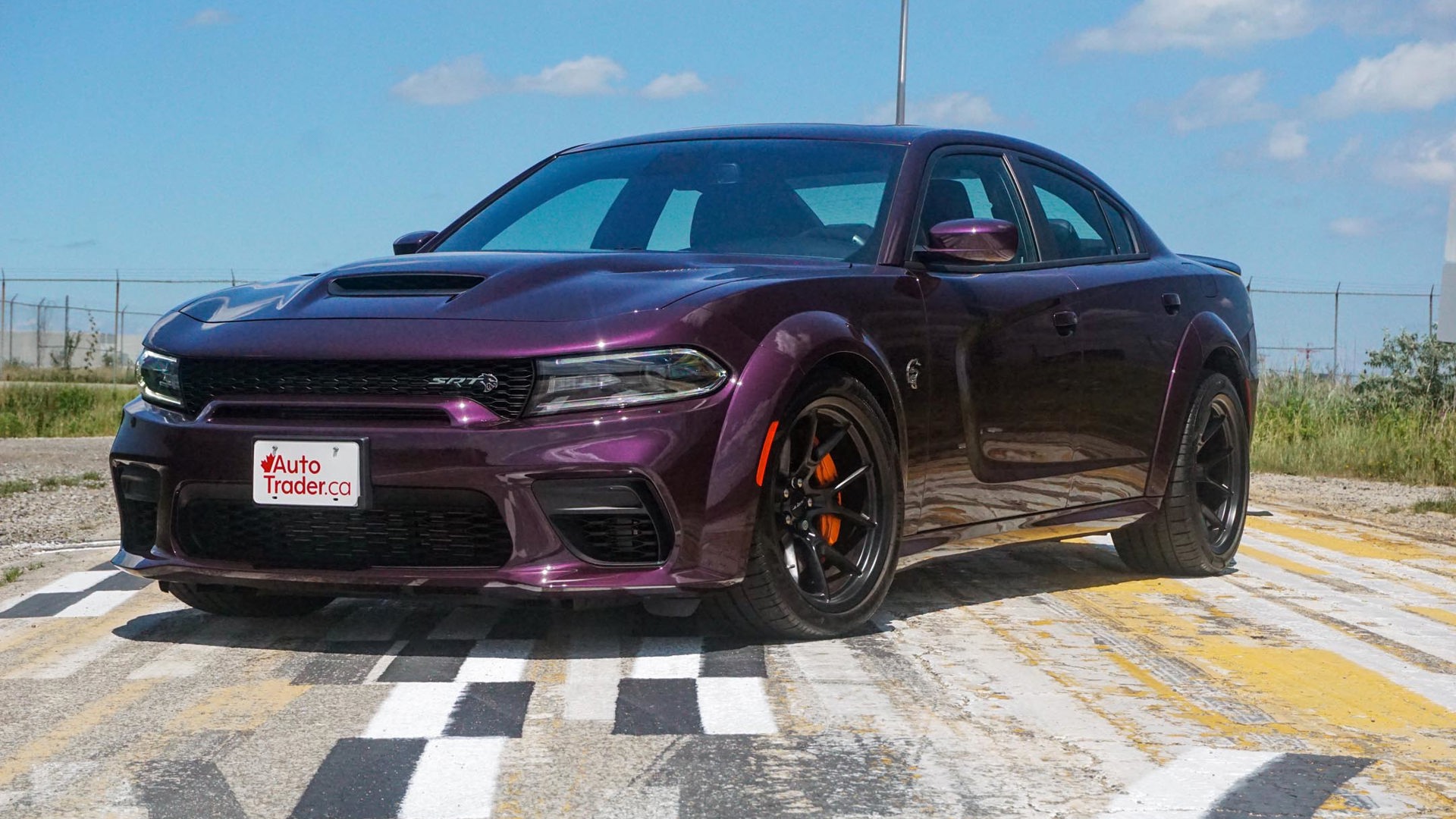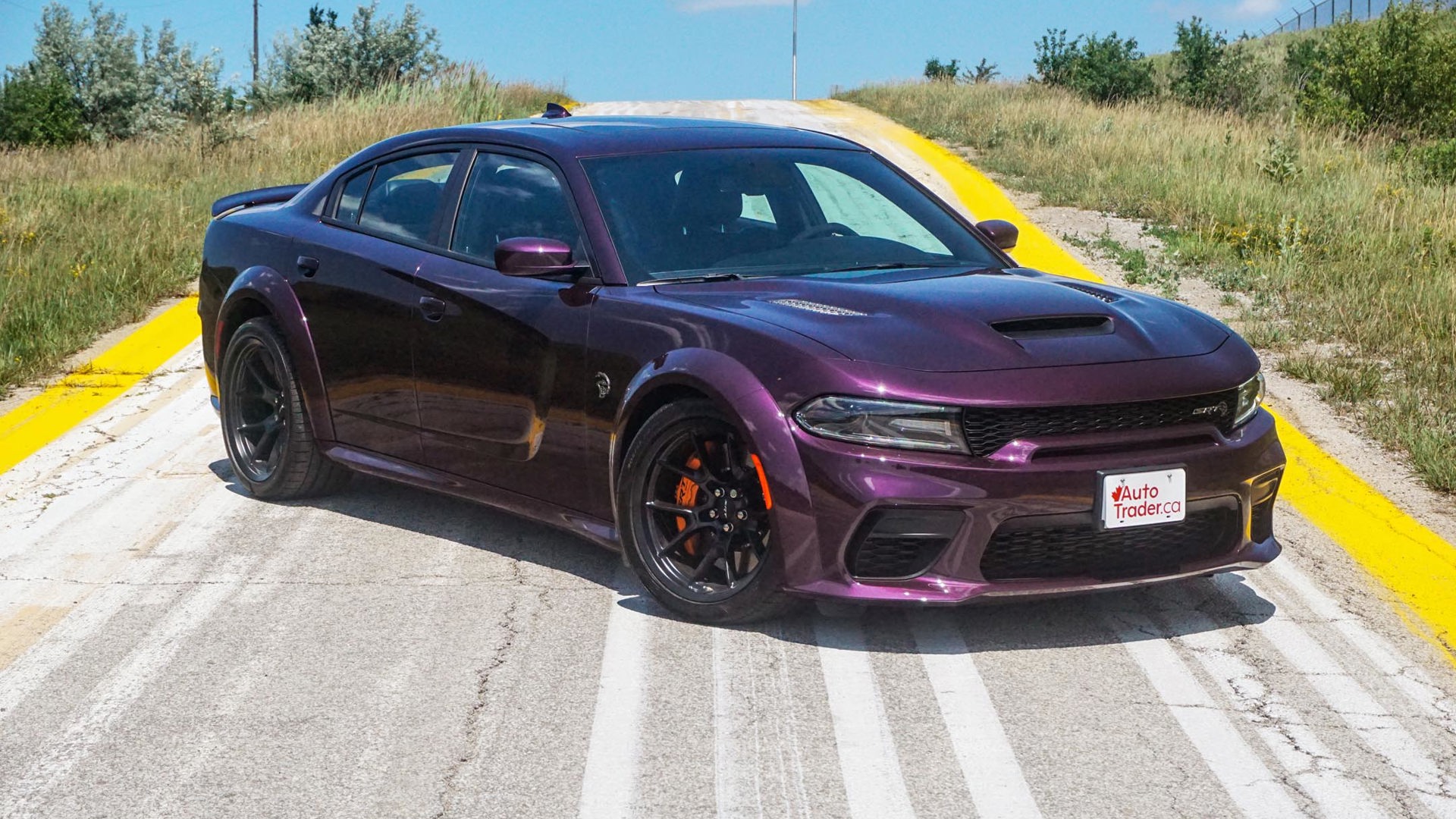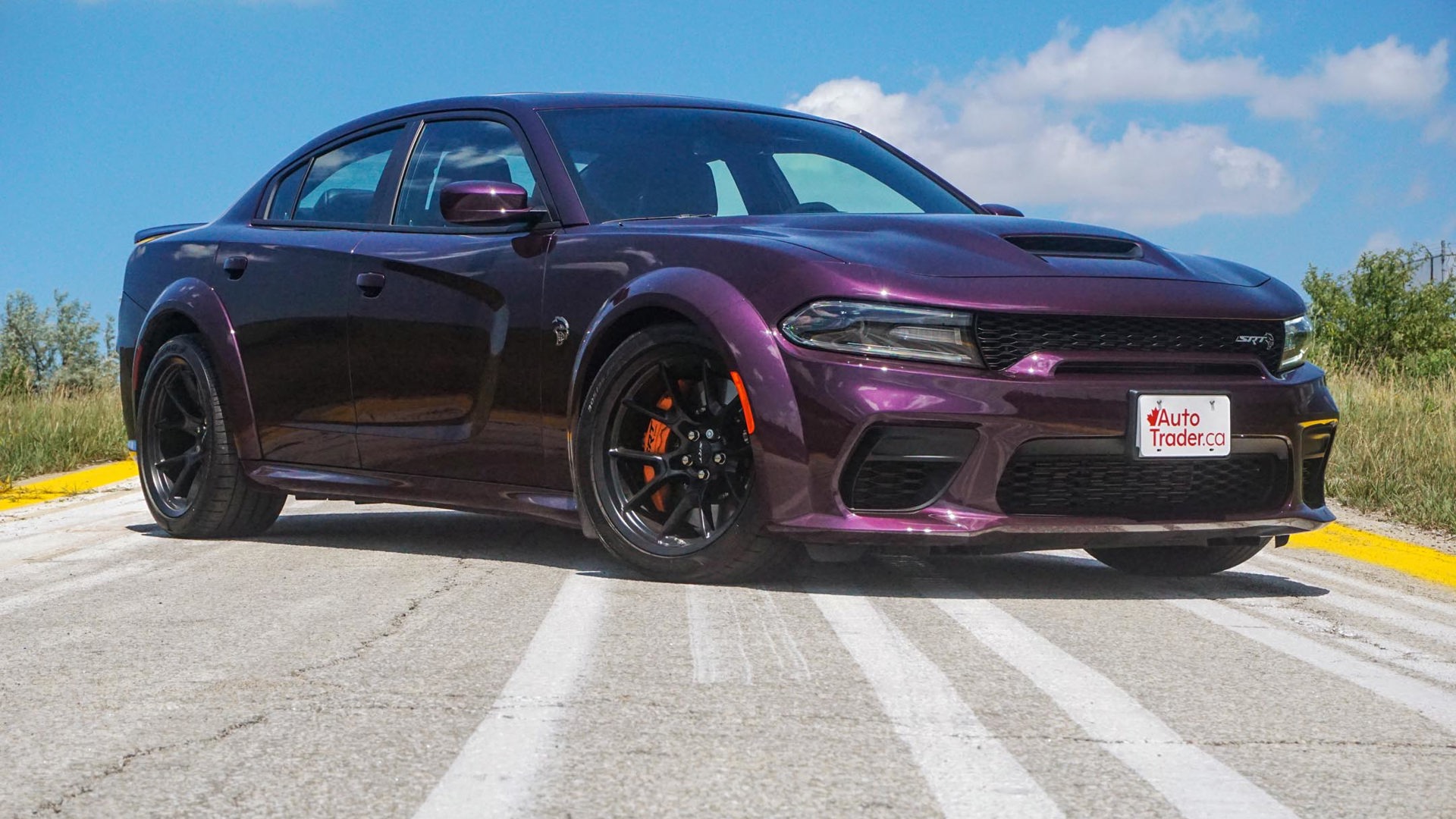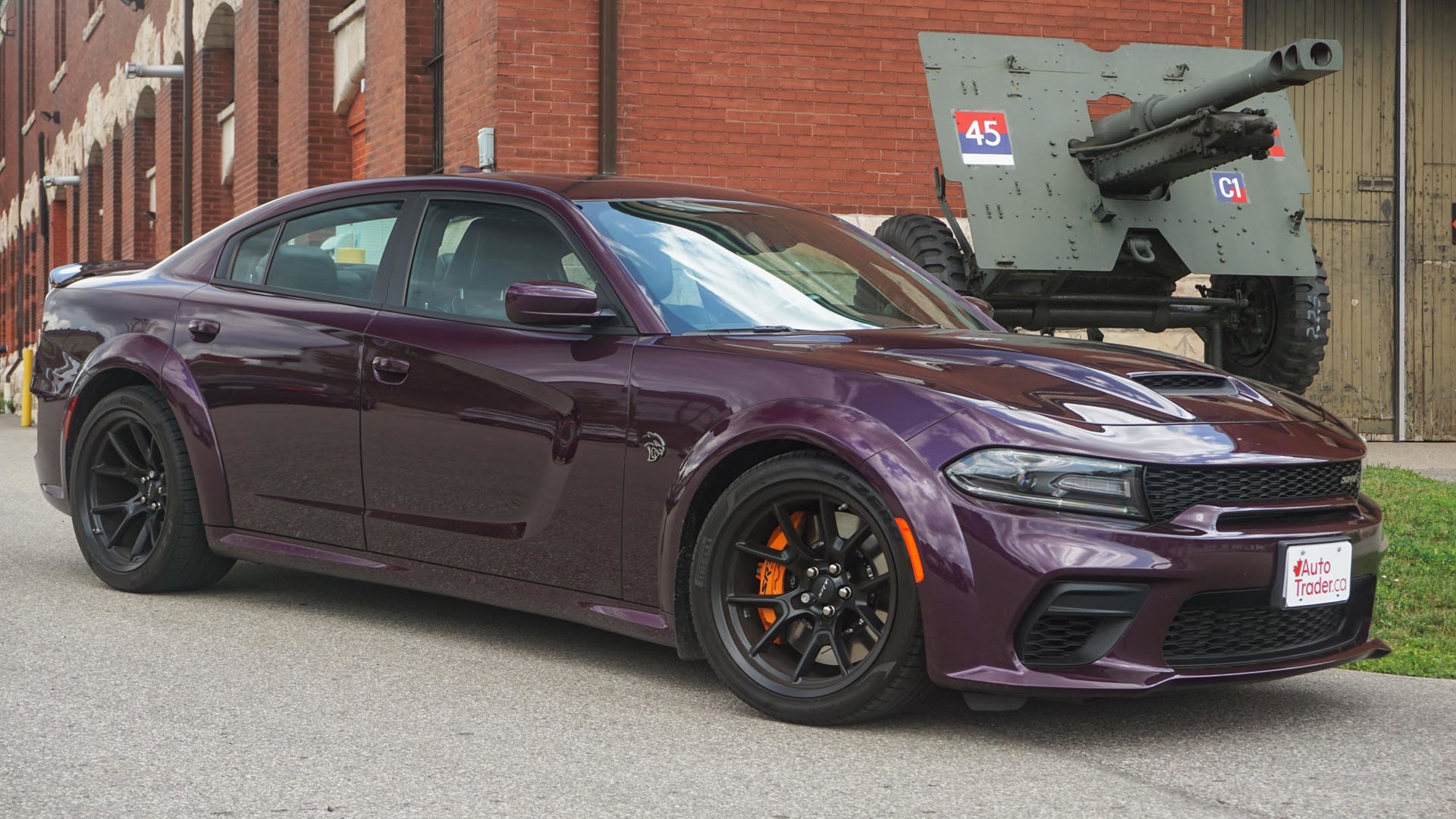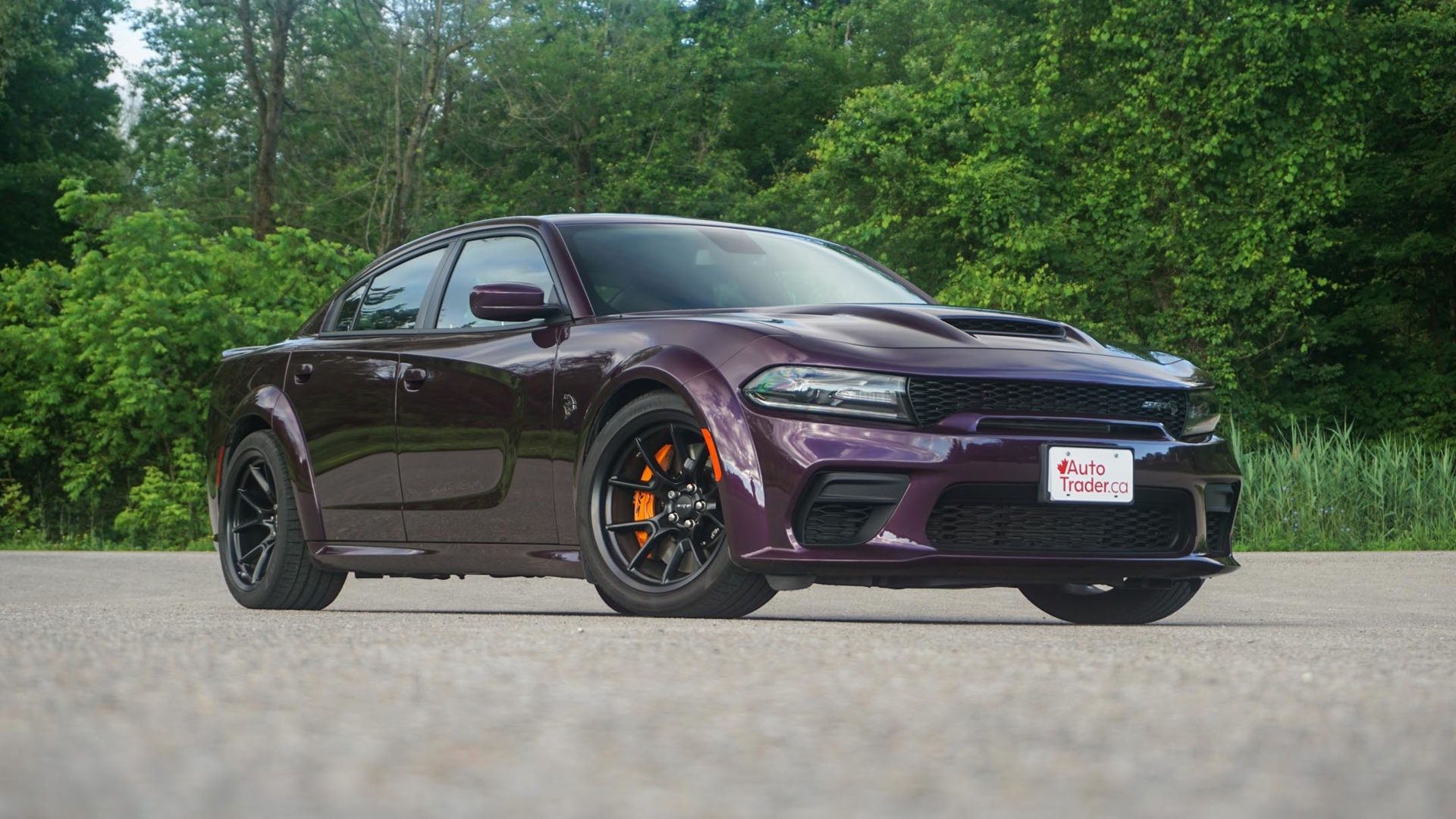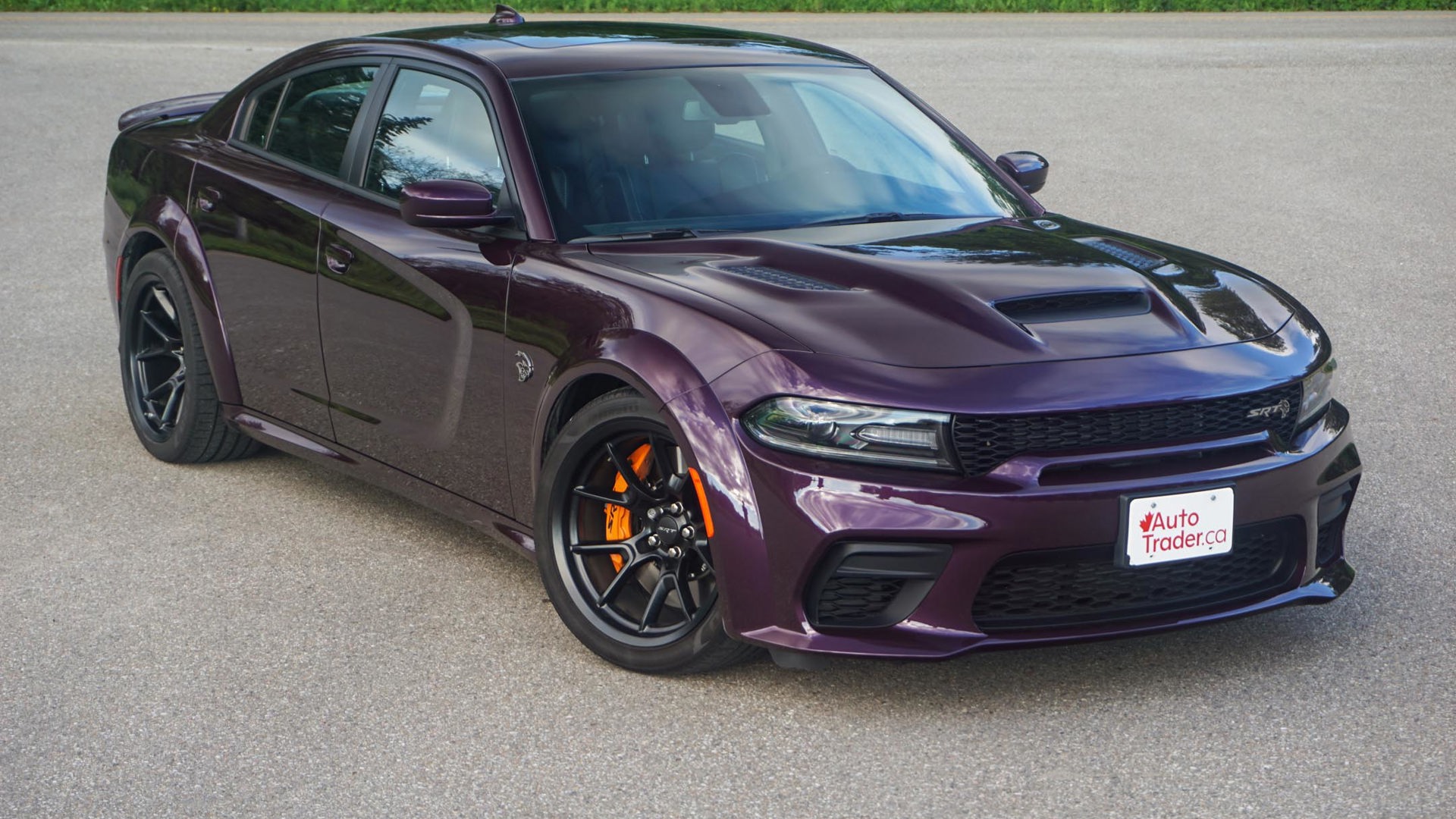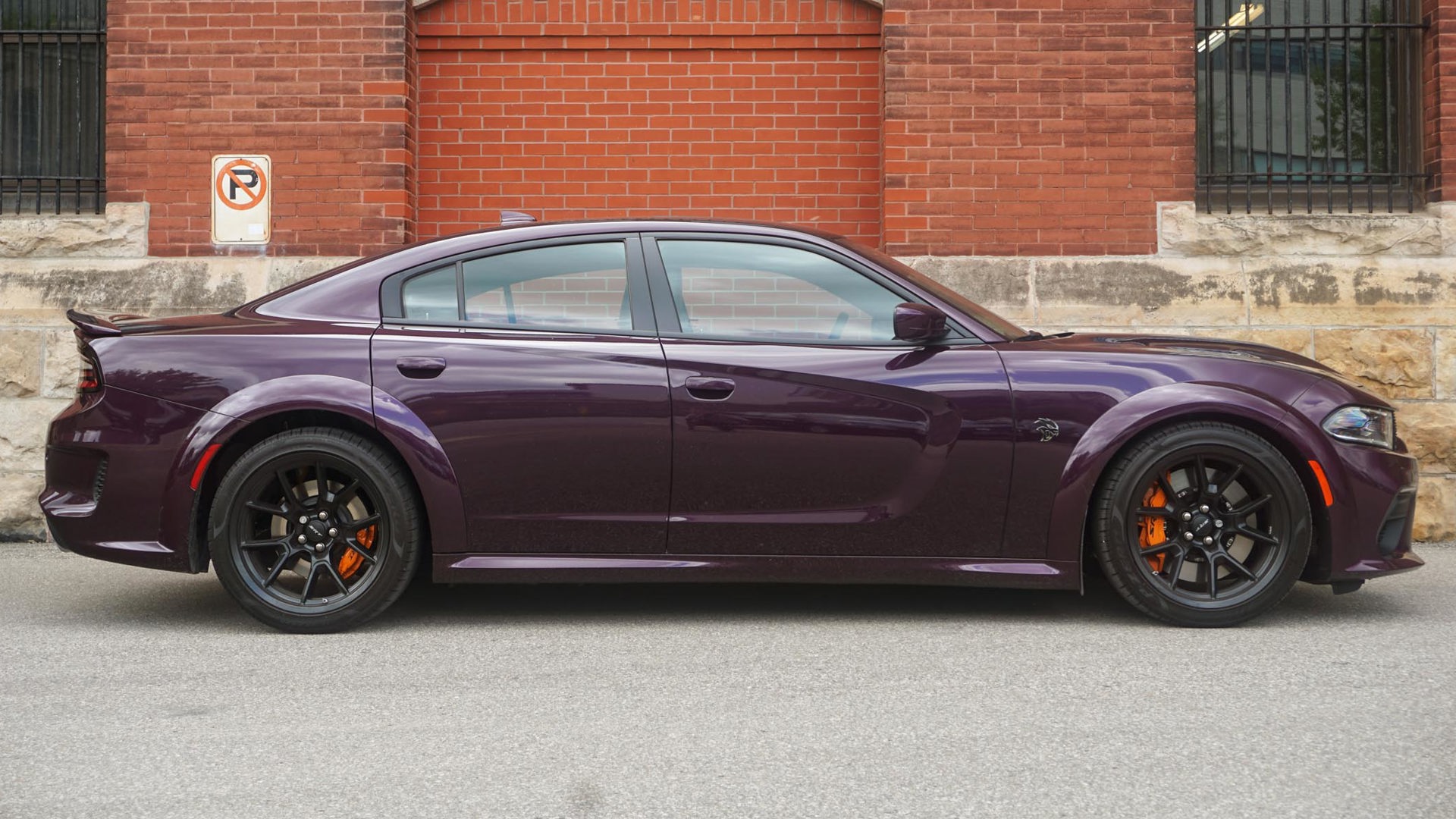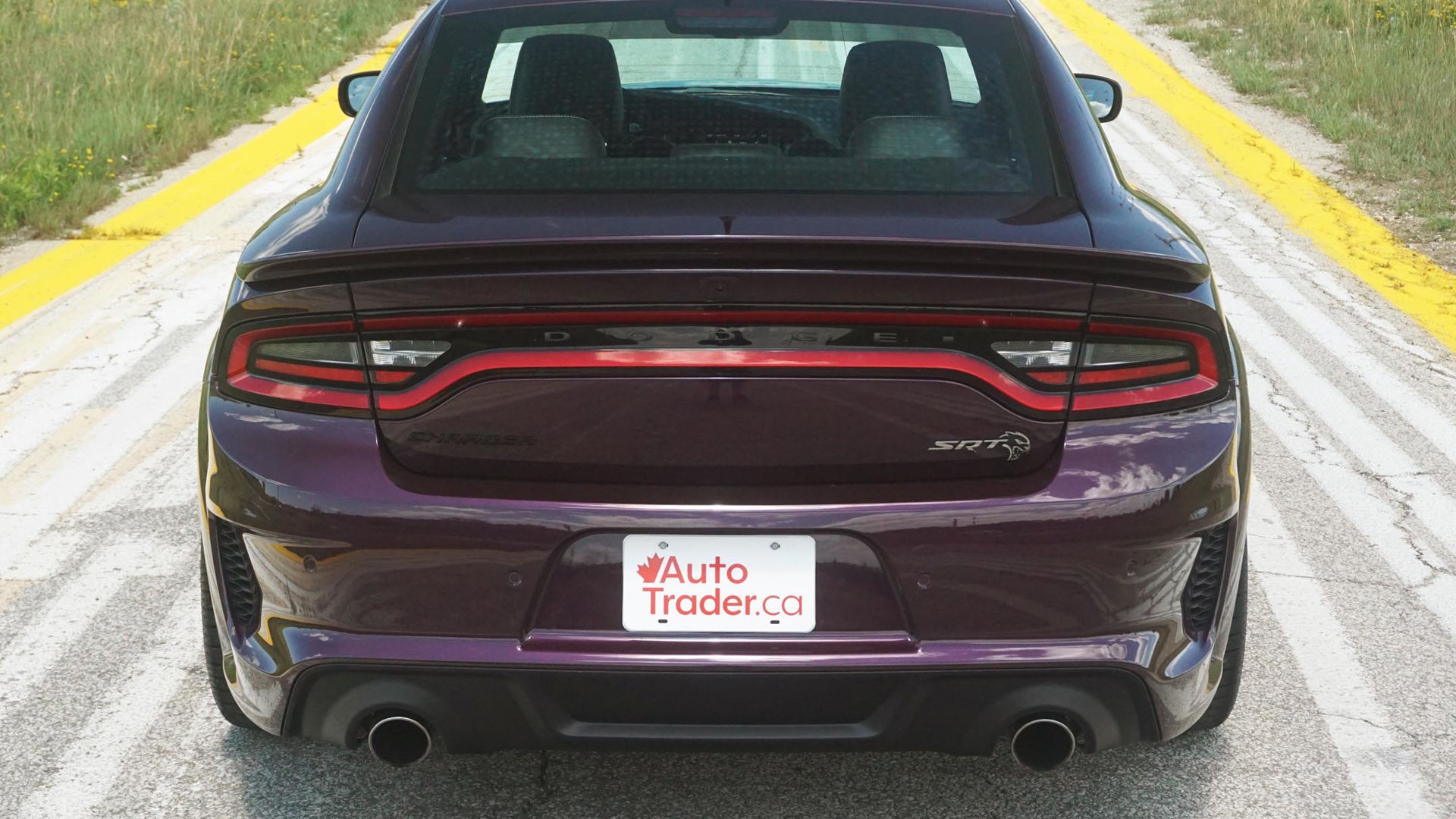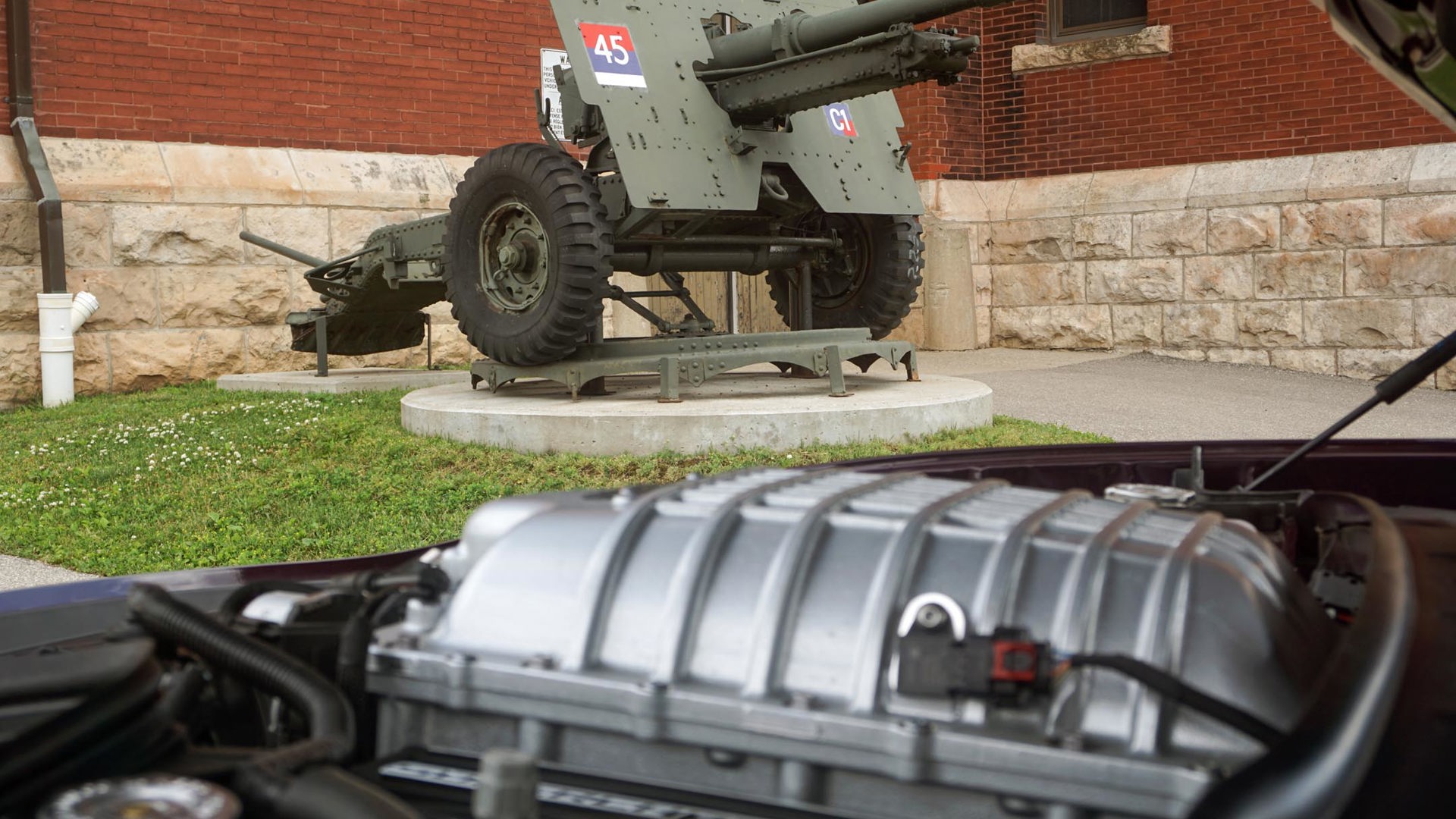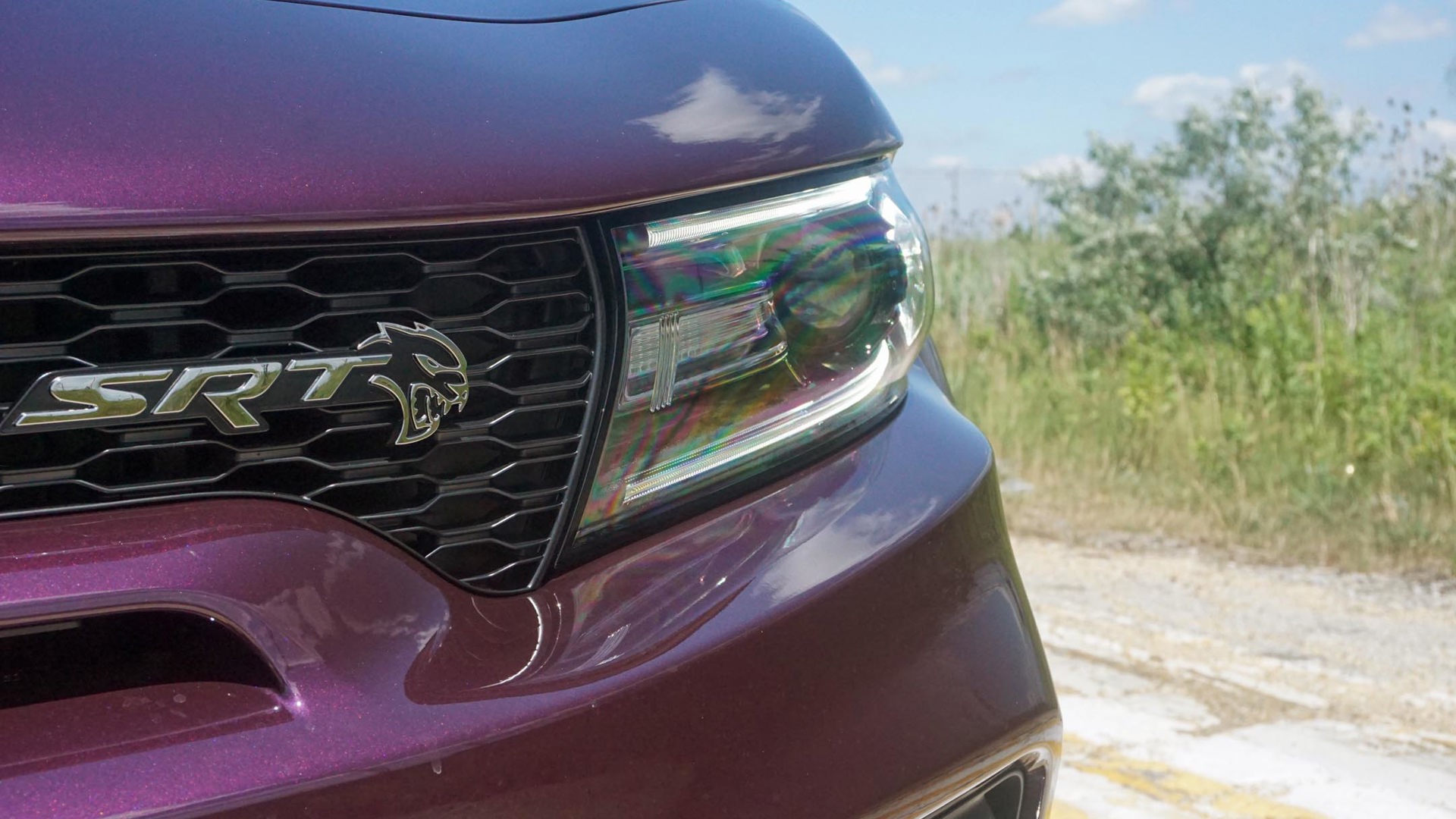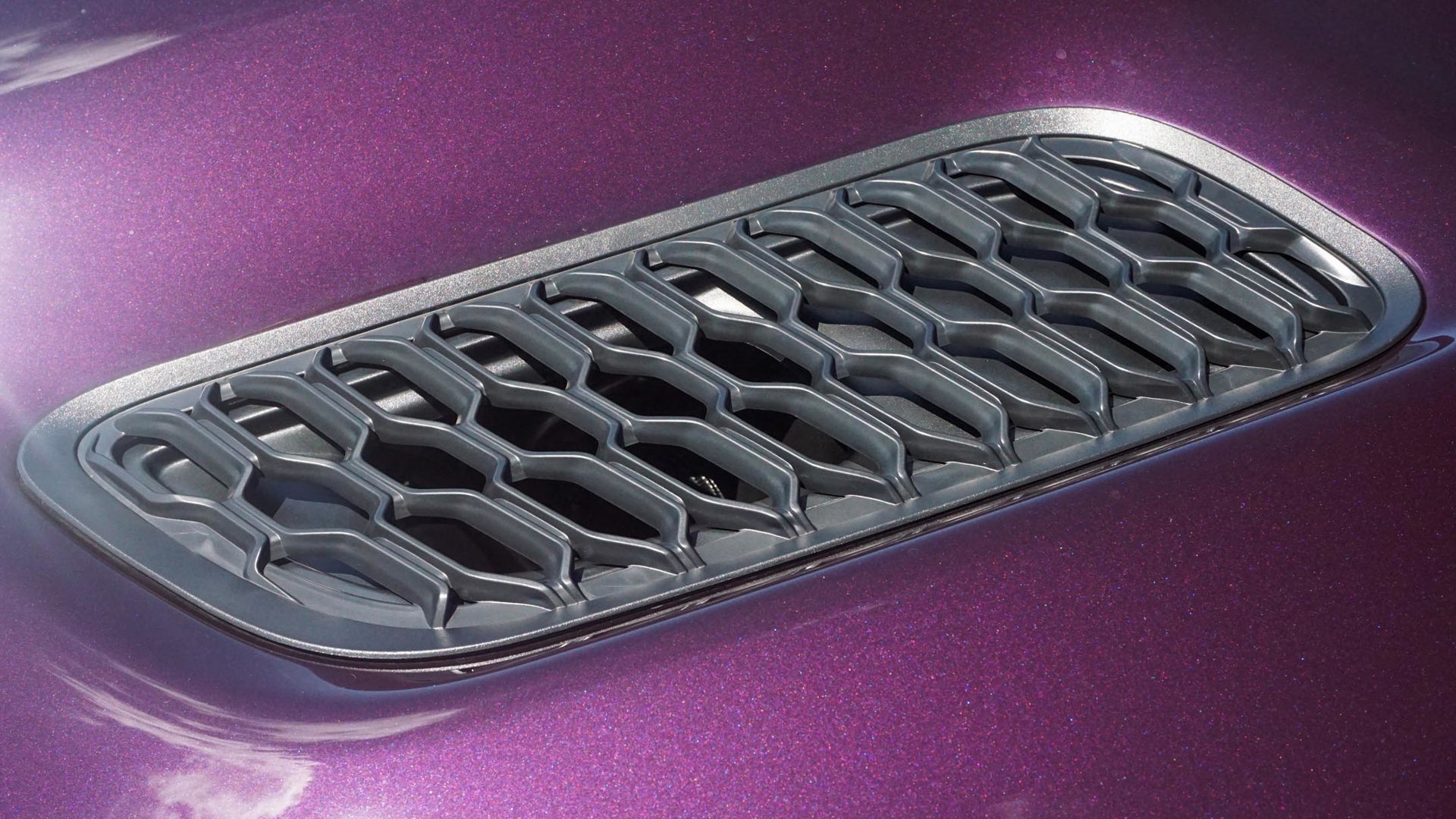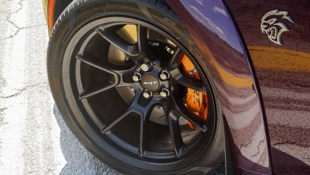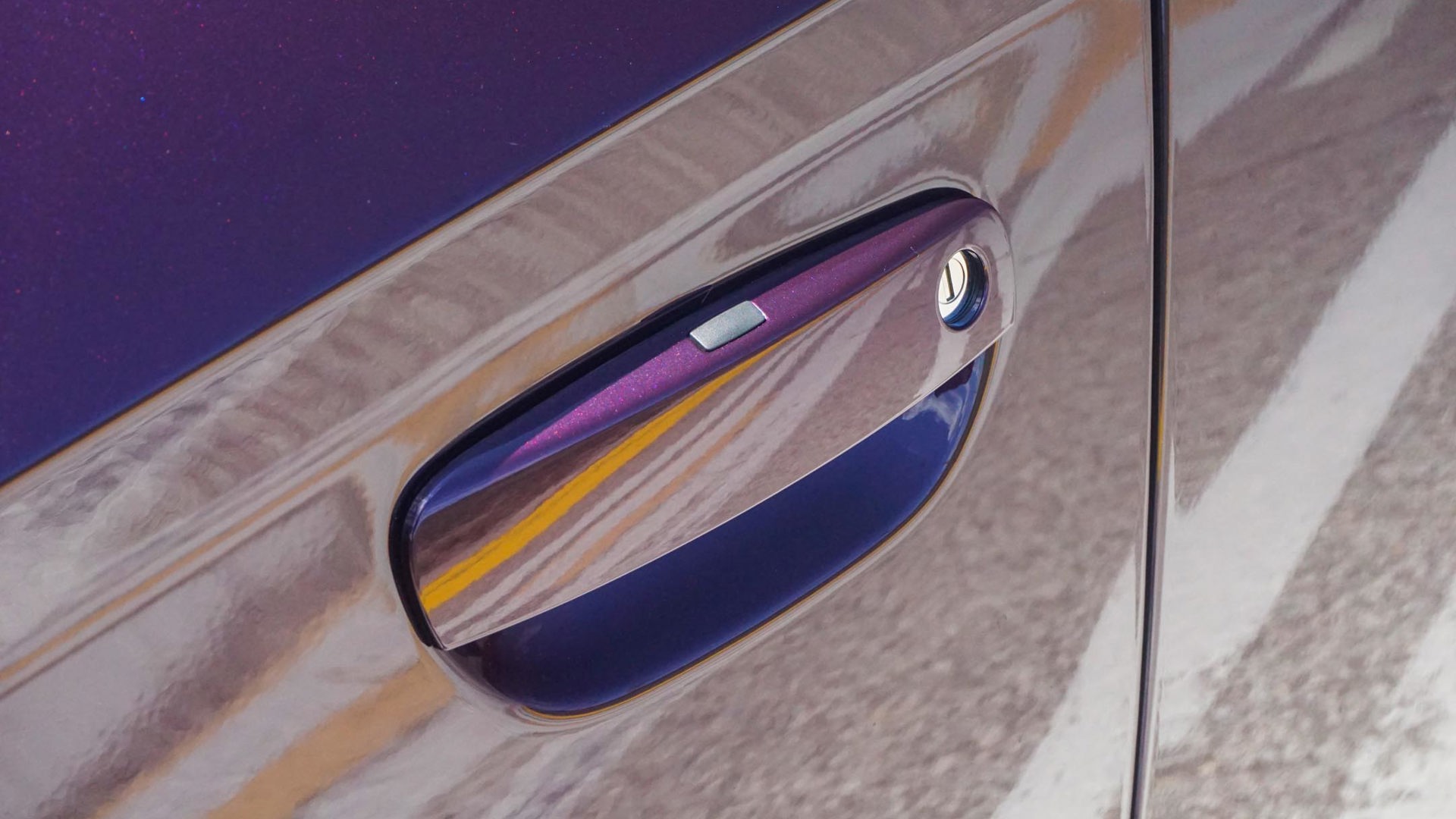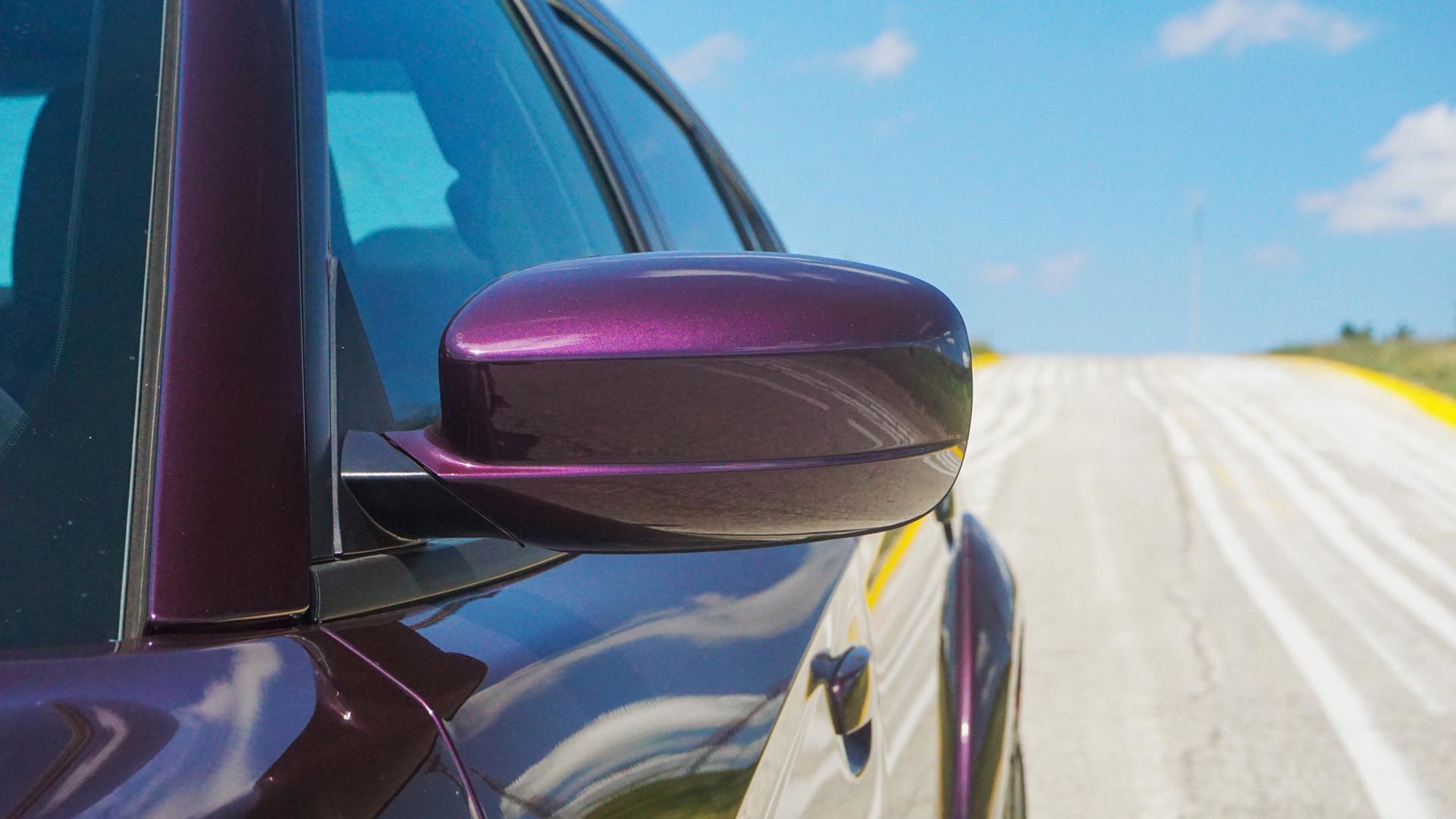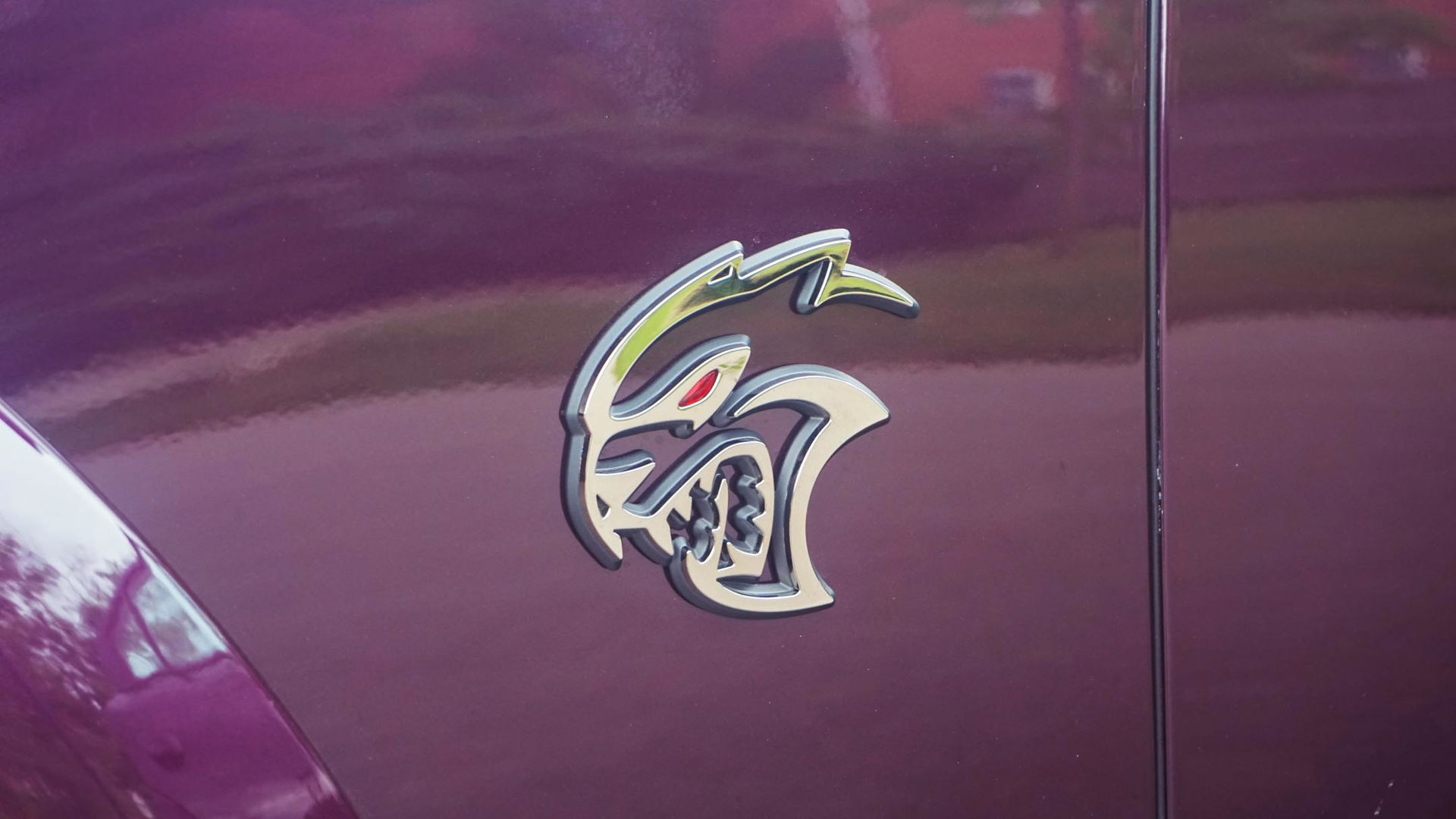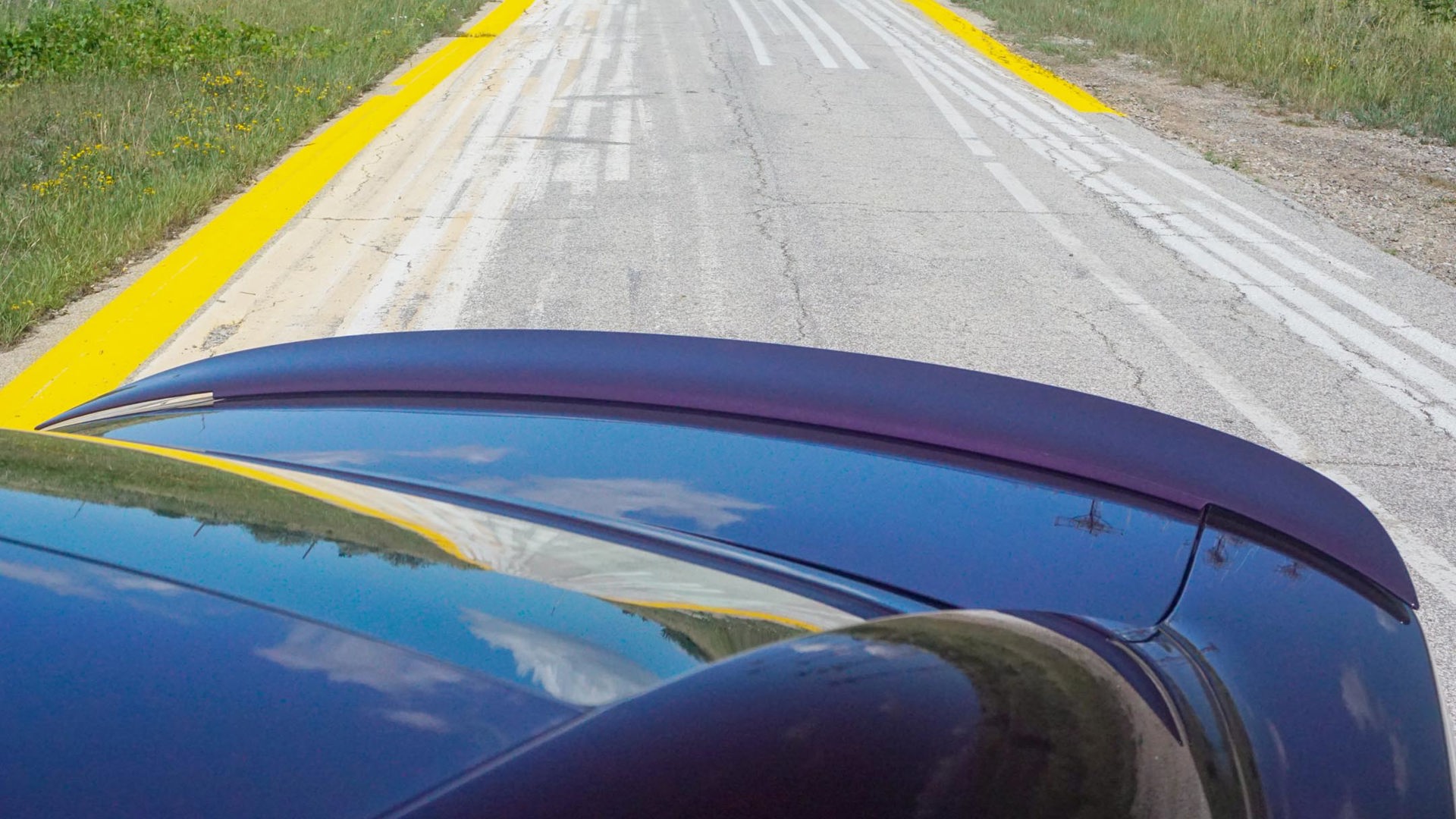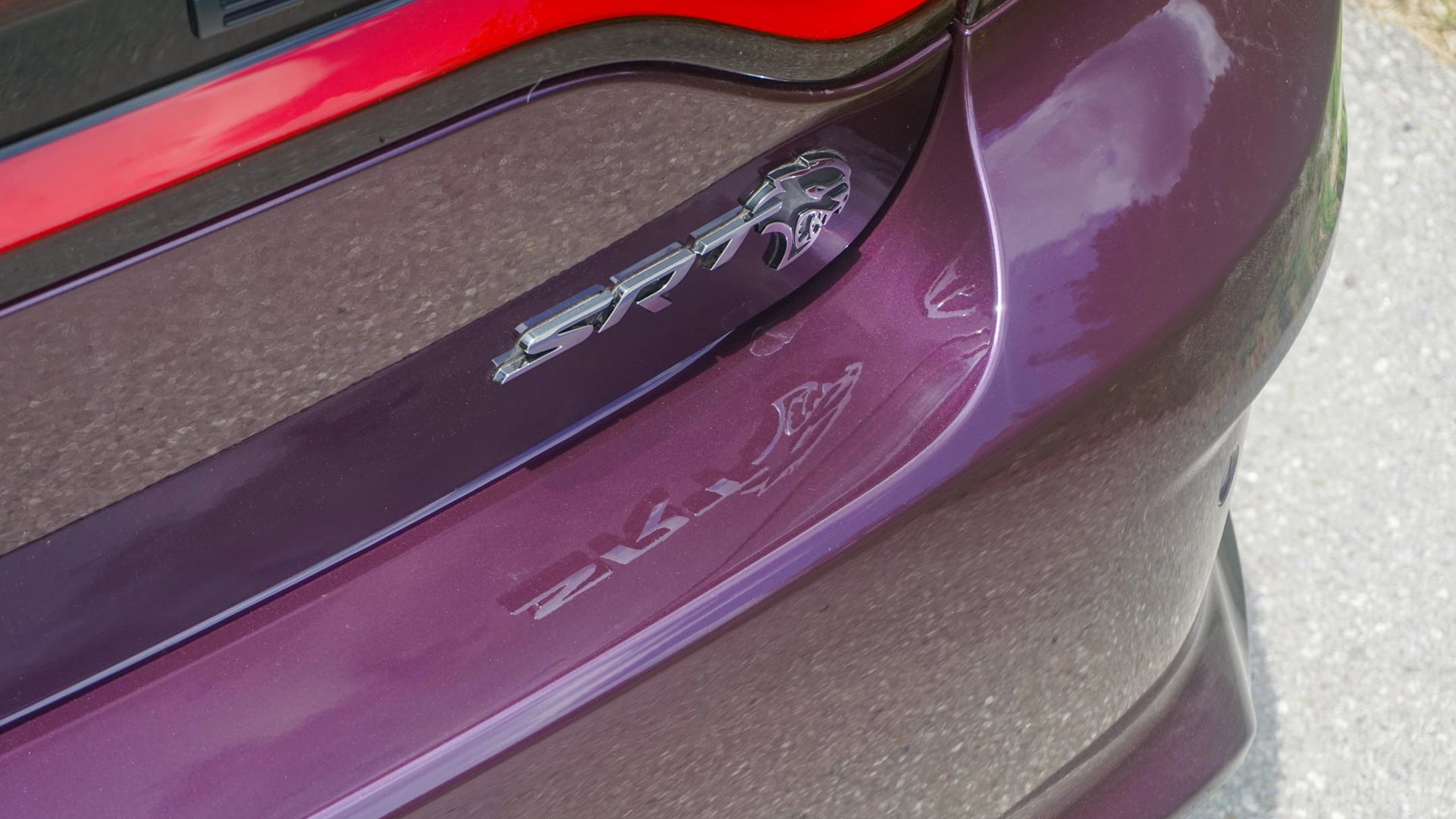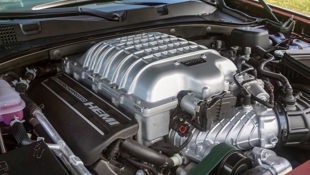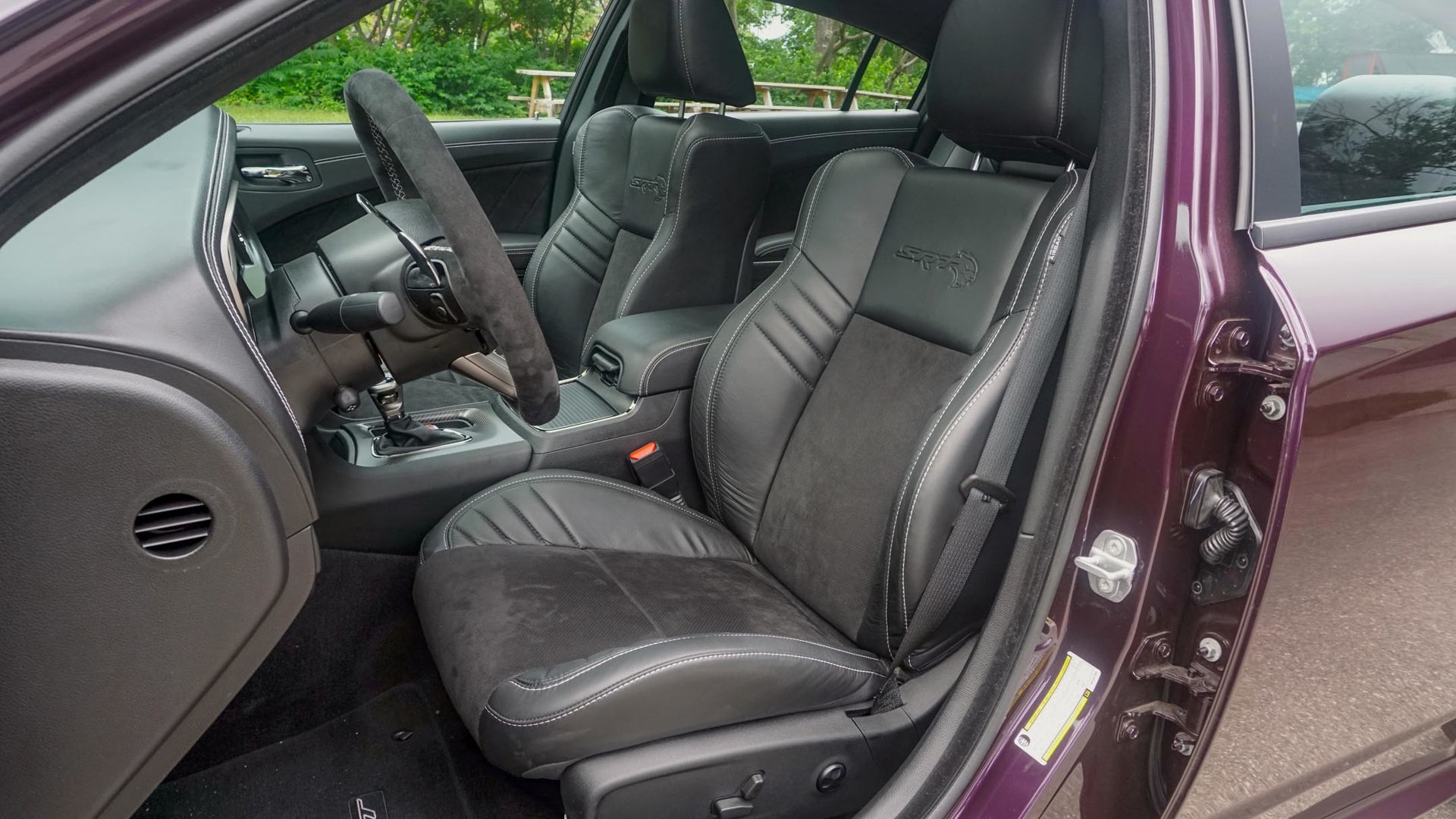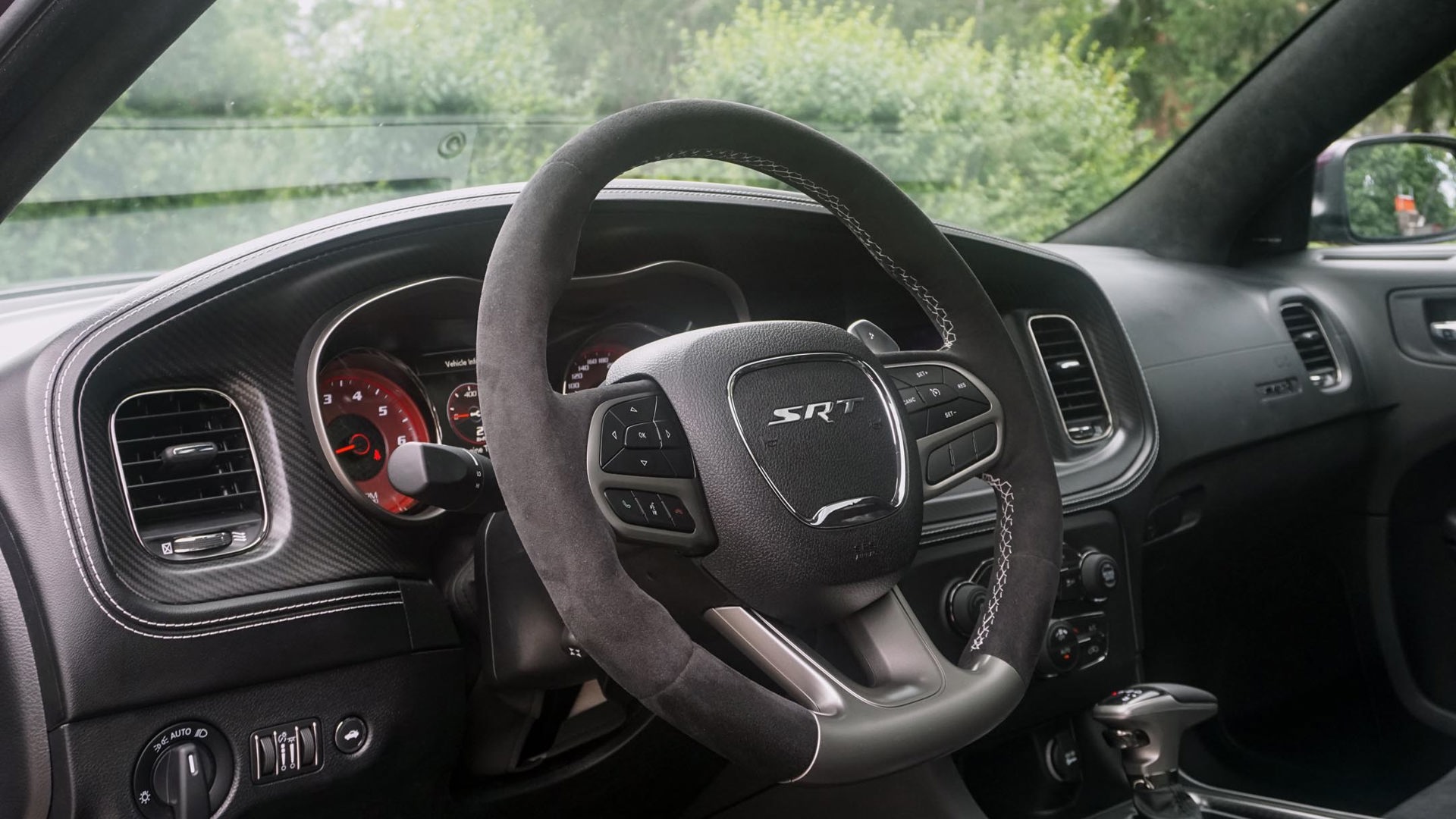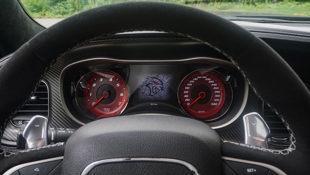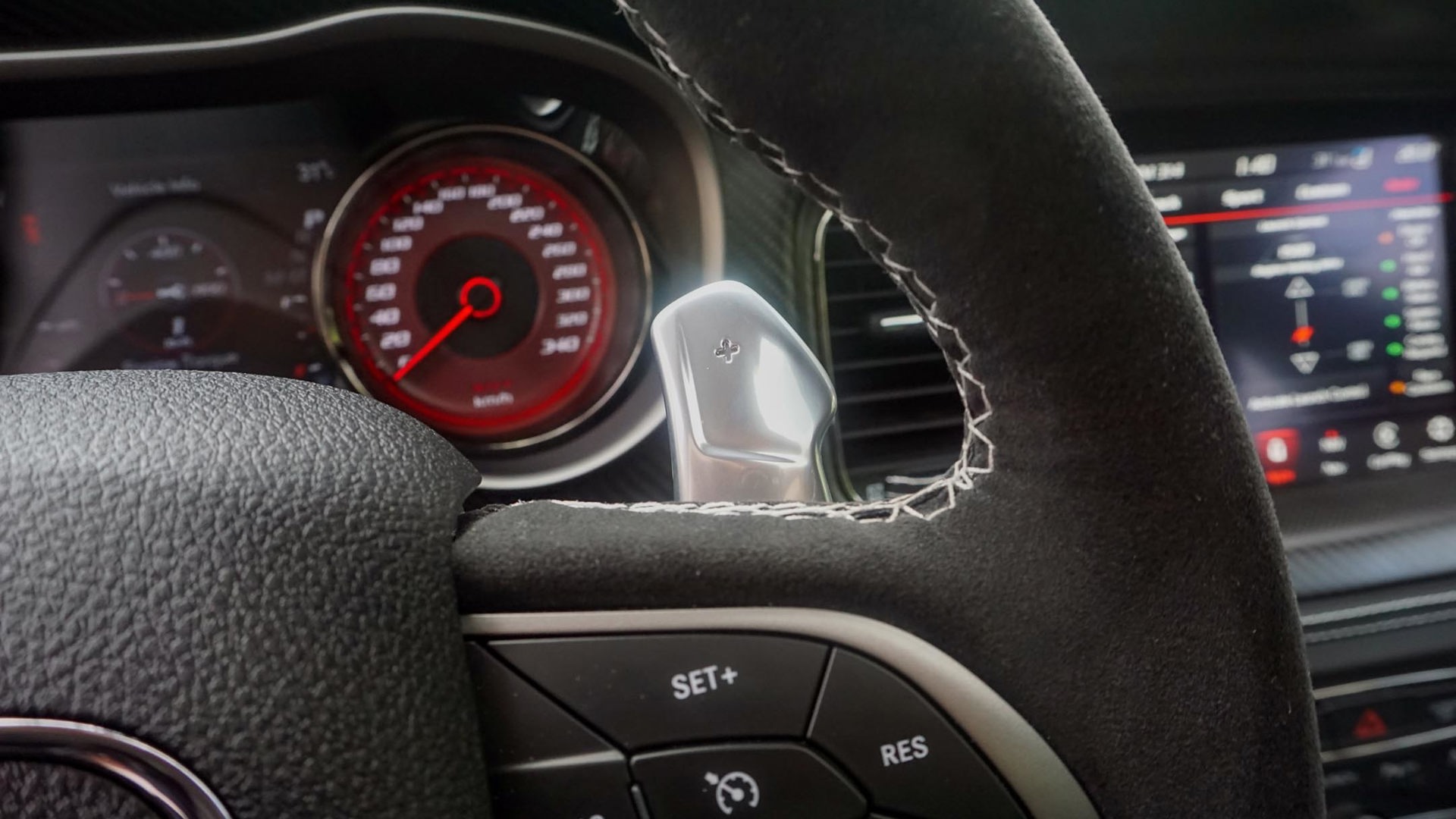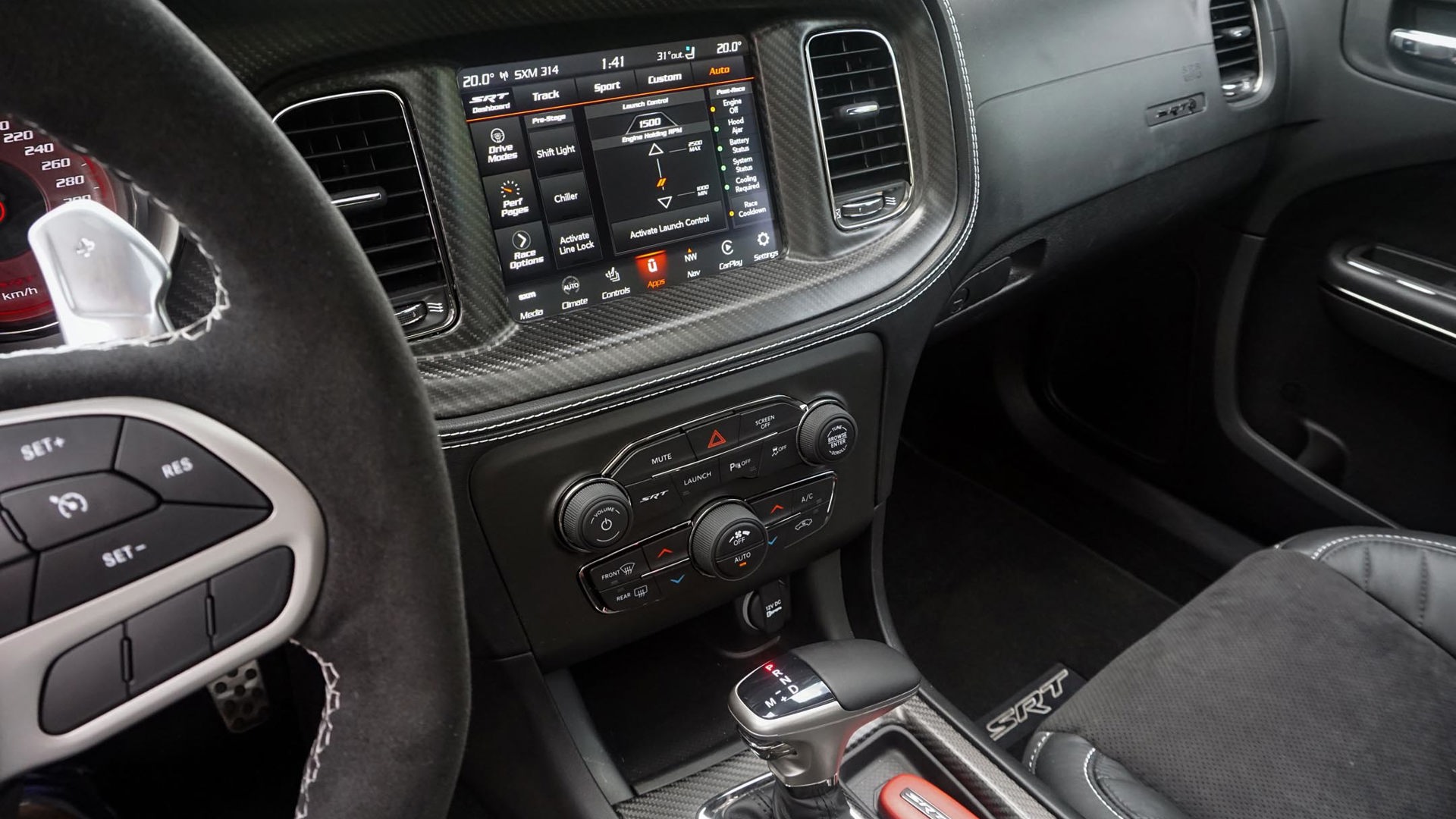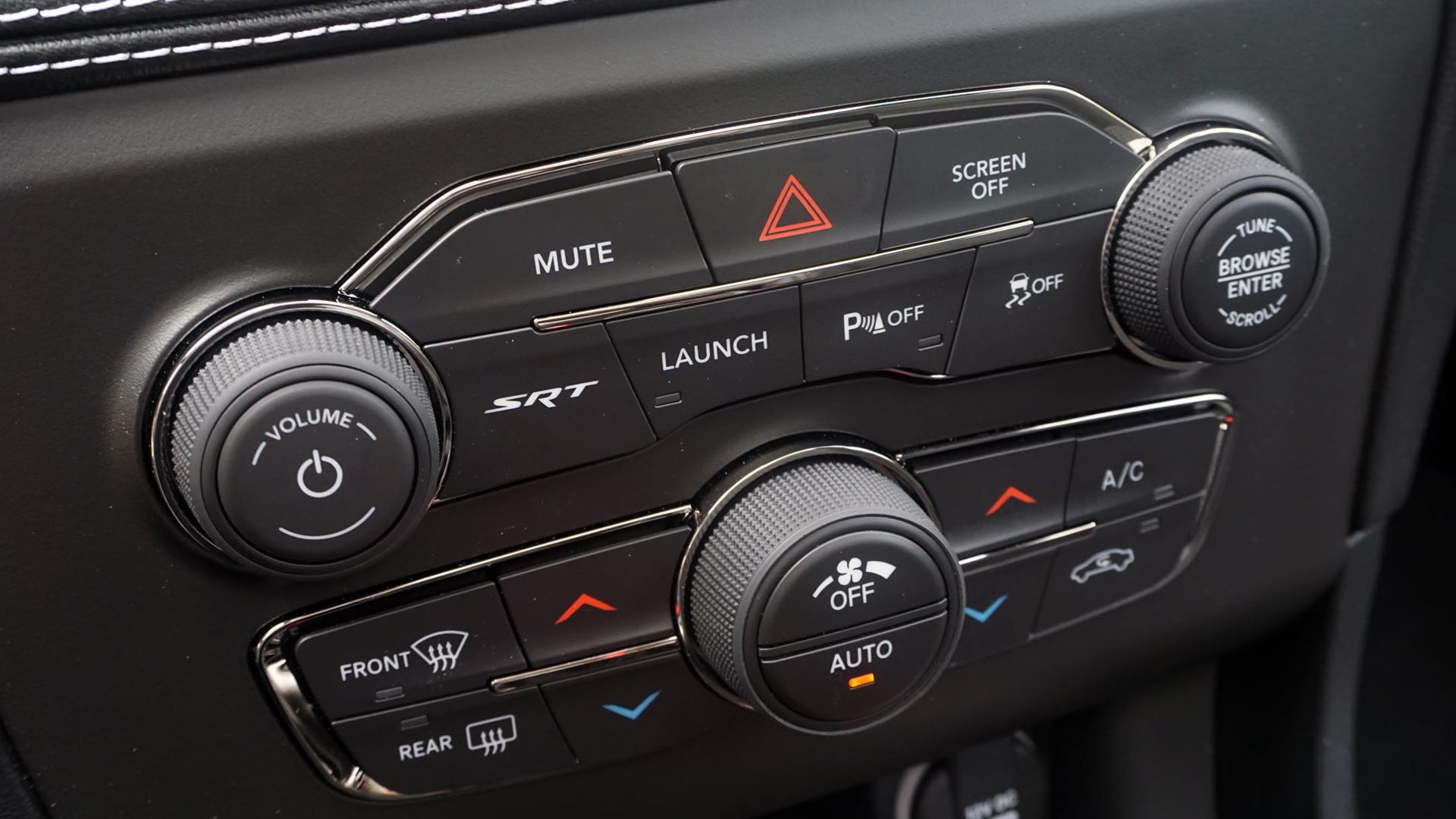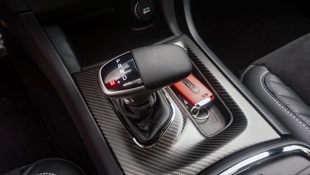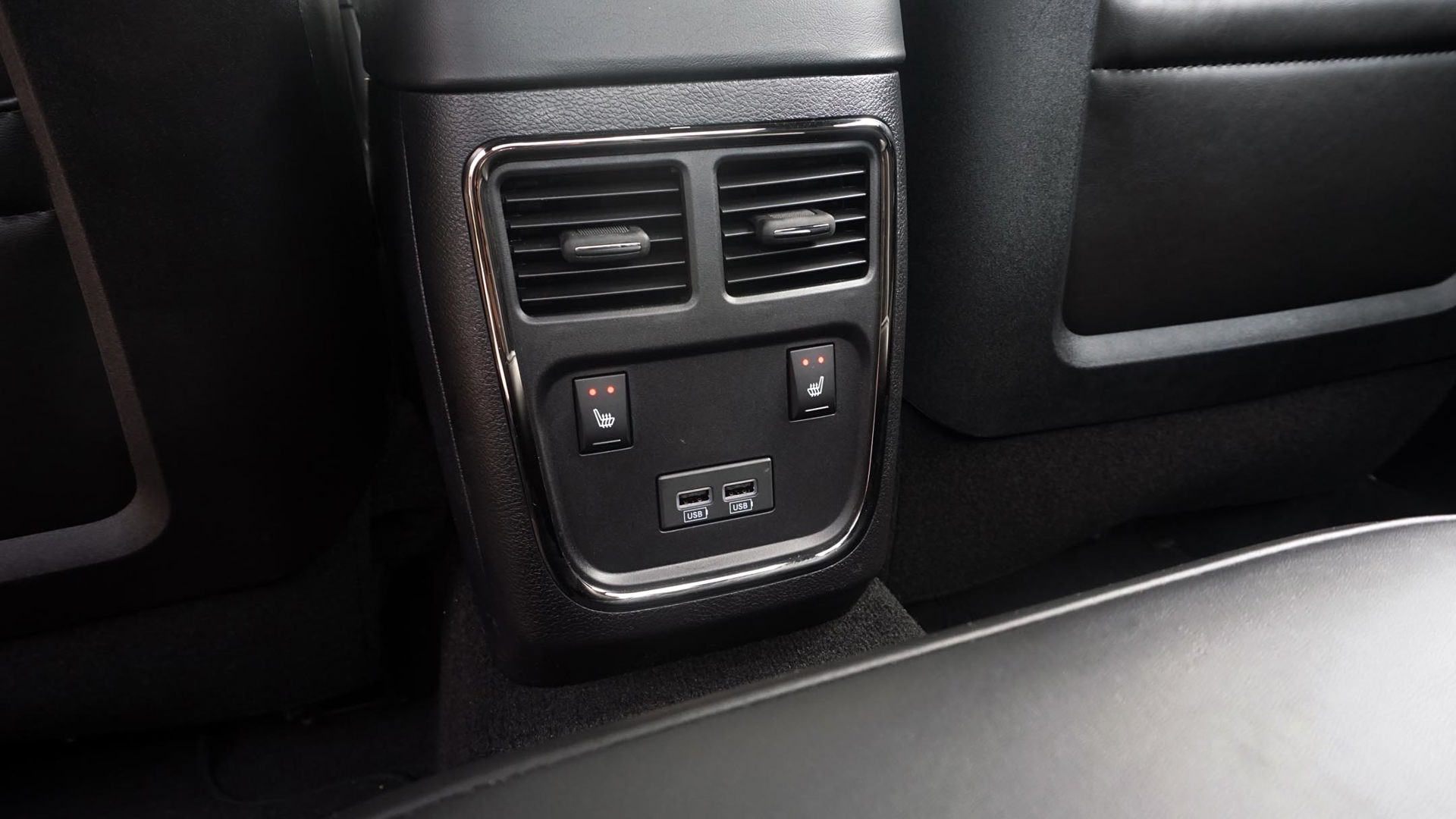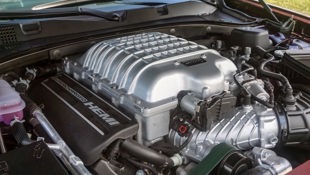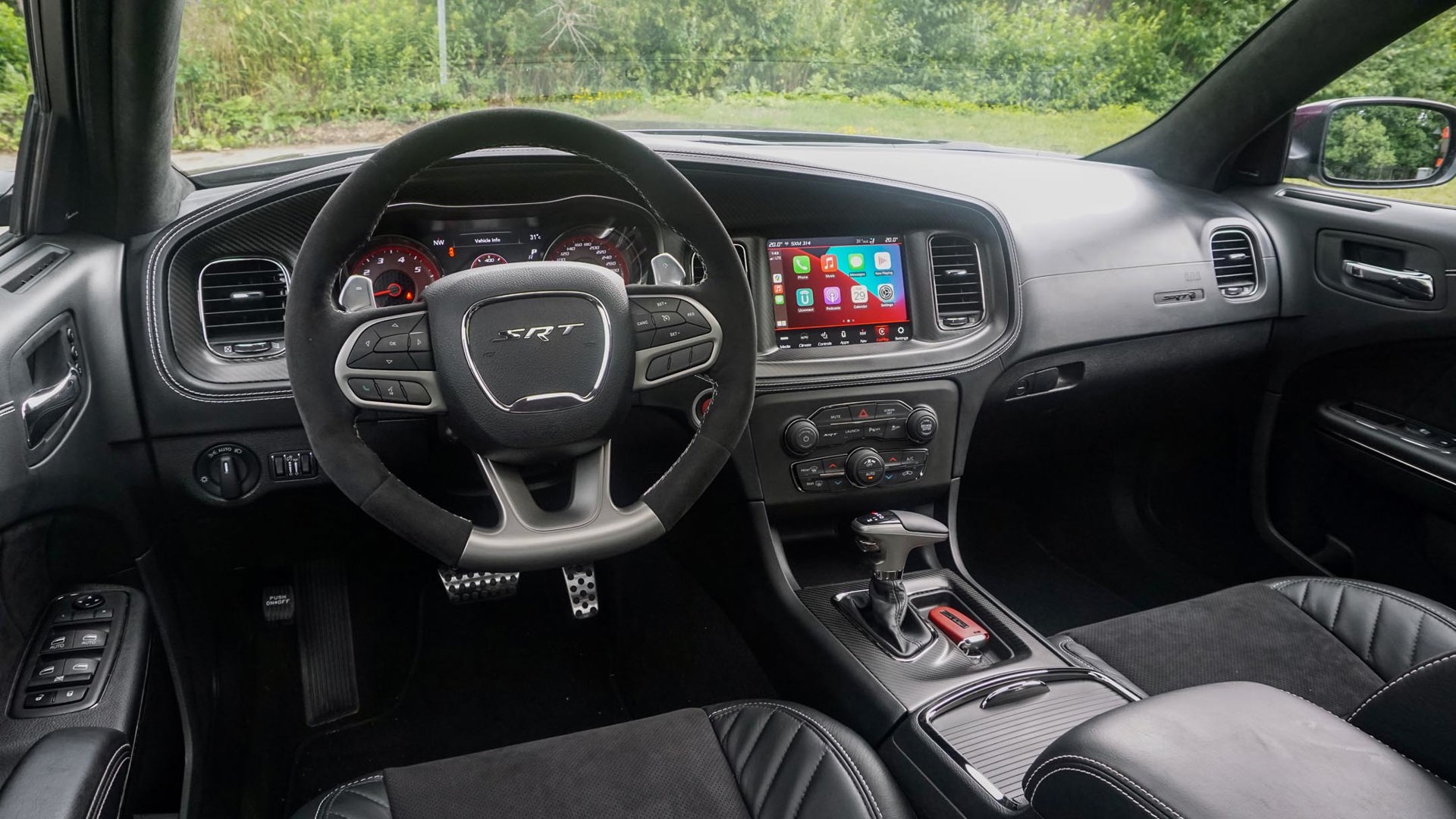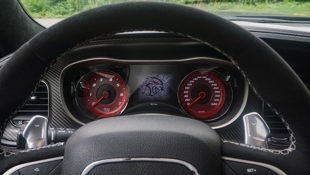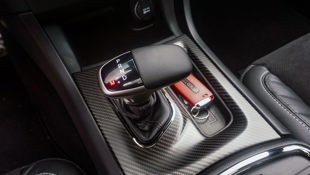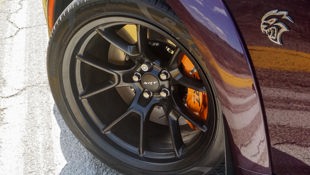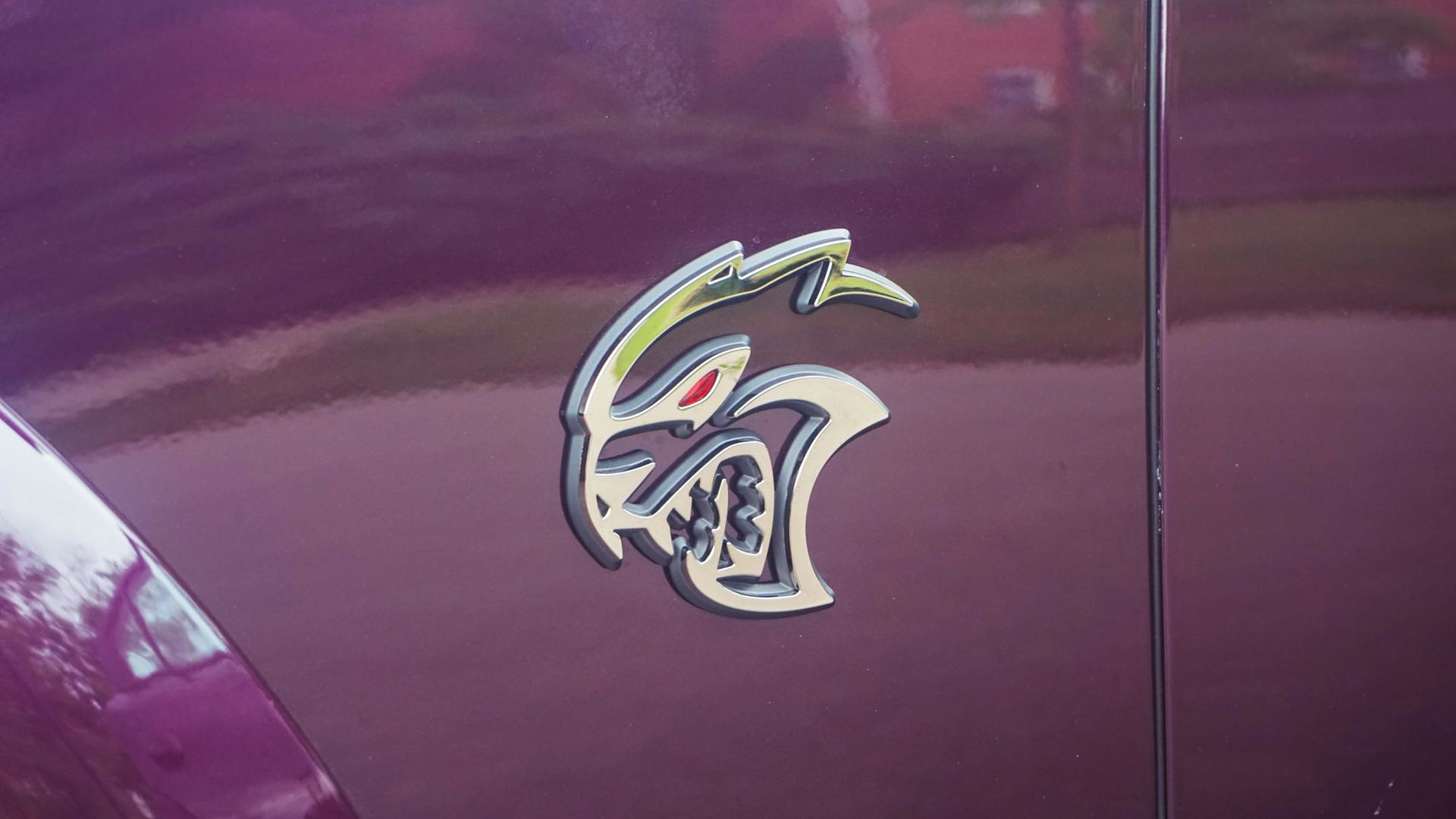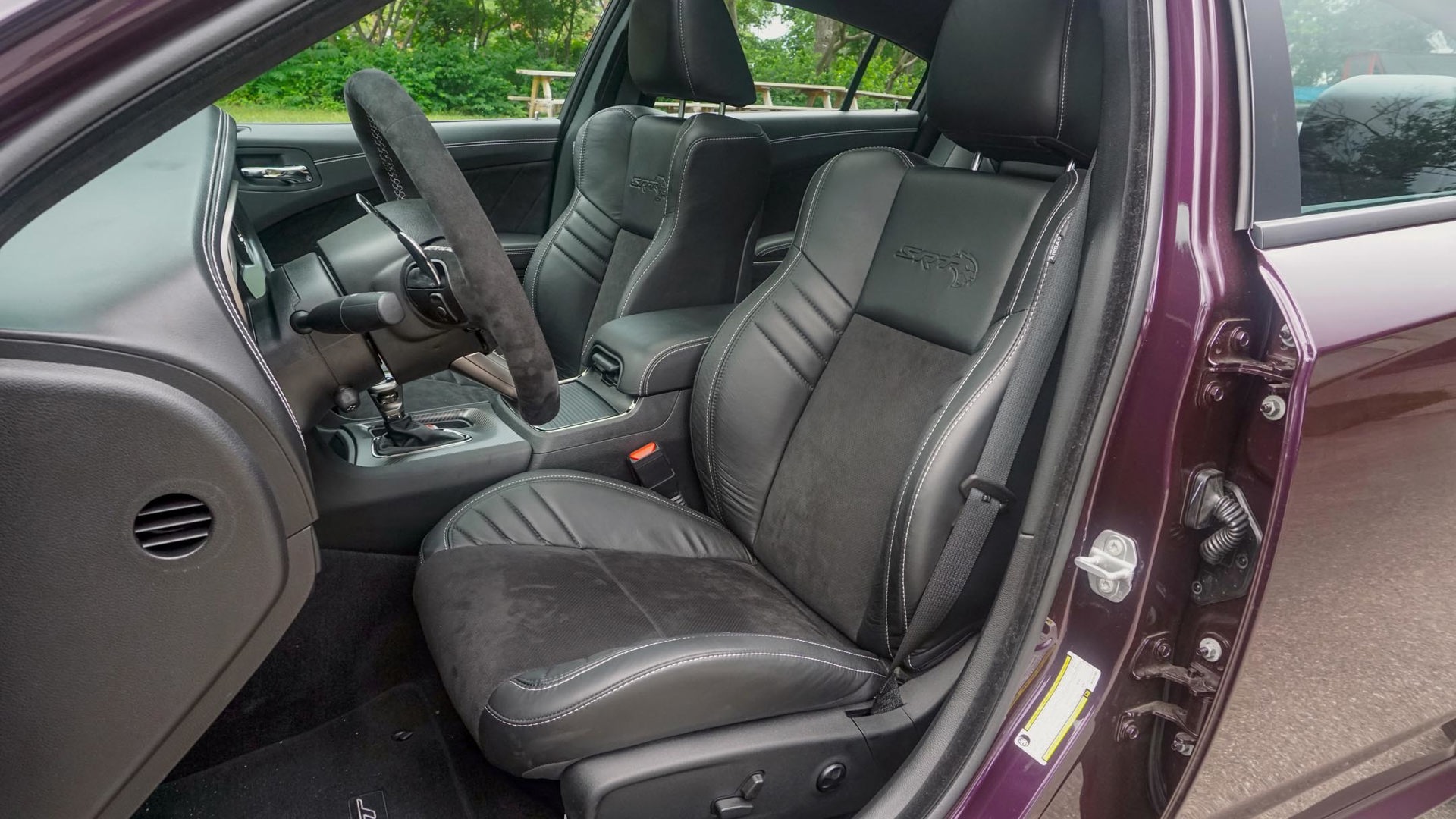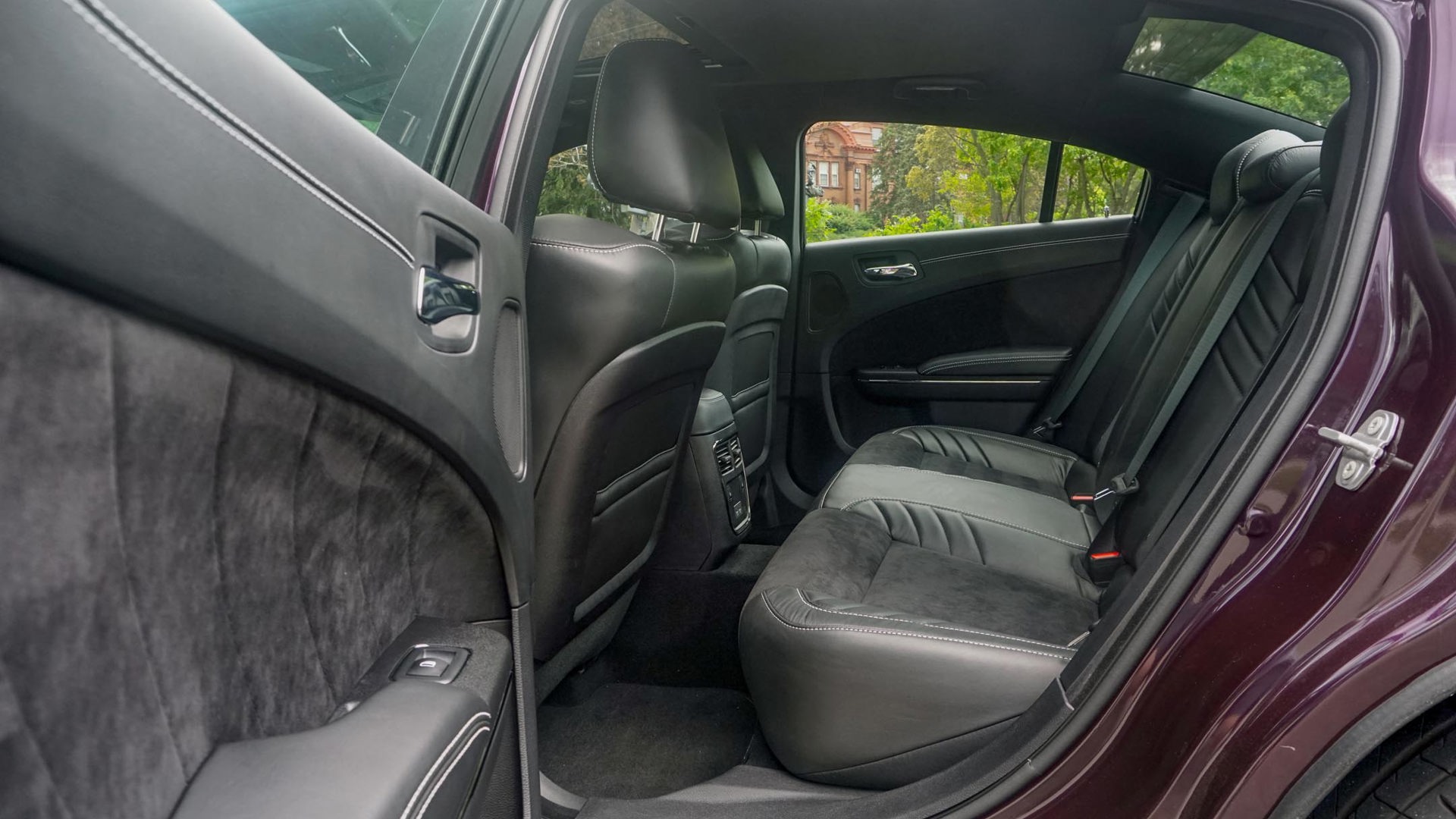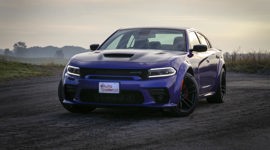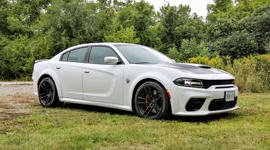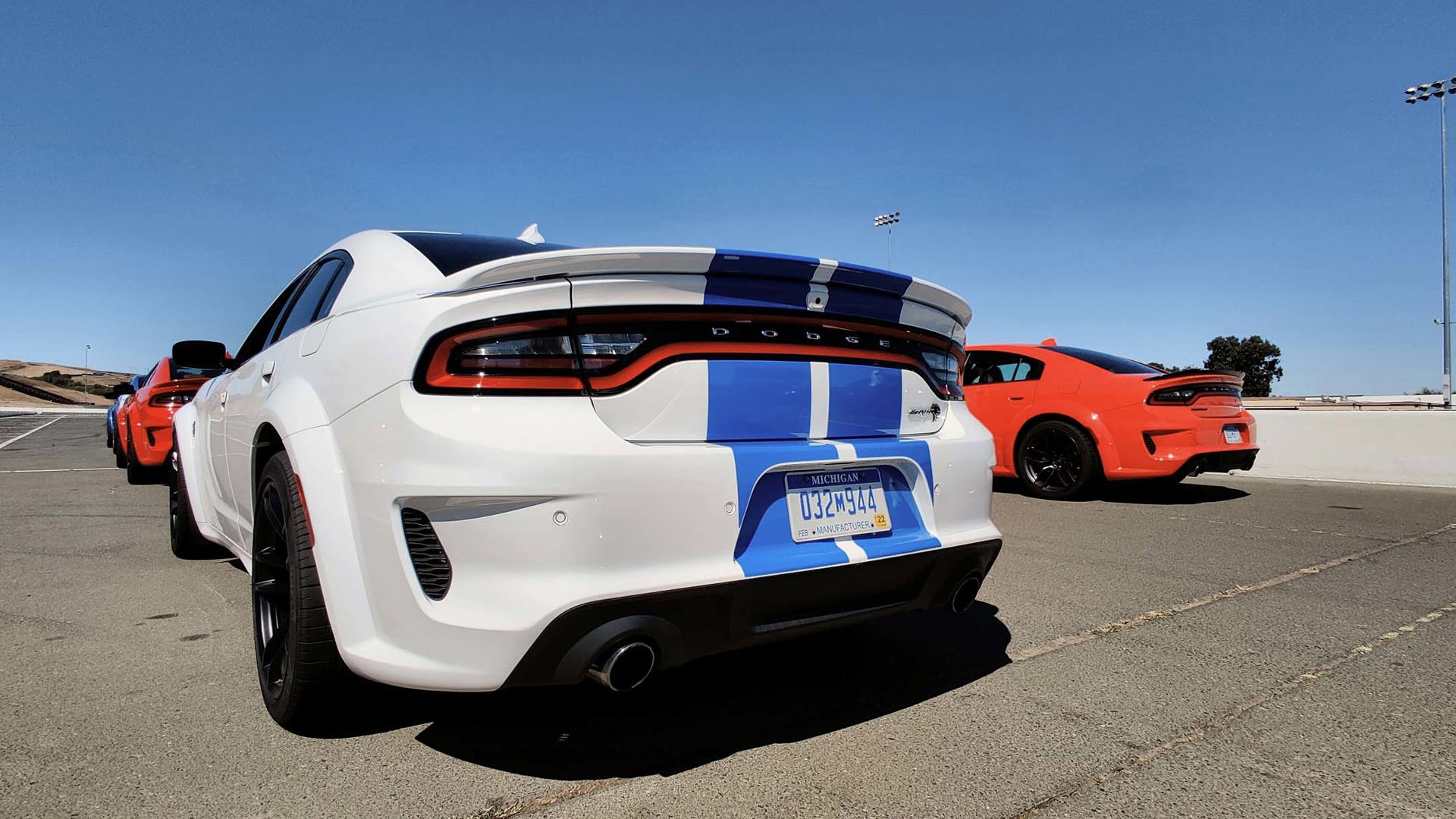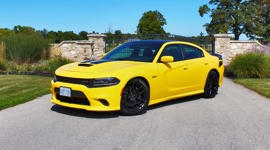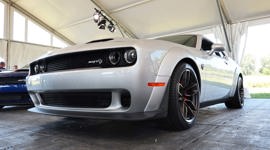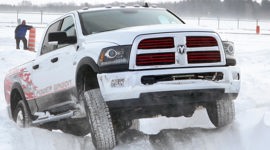 AutoTrader SCORE
AutoTrader SCORE
-
STYLING9/10
-
Safety6/10
-
PRACTICALITY7/10
-
USER-FRIENDLINESS9/10
-
FEATURES9/10
-
POWER10/10
-
COMFORT9/10
-
DRIVING FEEL10/10
-
FUEL ECONOMY3/10
-
VALUE8/10
For decades after World War II there existed so-called Japanese holdouts – soldiers scattered around the Pacific who were apparently unaware (or unwilling to accept) it was over.
Armed with outdated weapons and ready for battle, these aging army and navy officers were engaged in phantom combat for years. It mattered little that they lacked an active enemy – they were following their orders dutifully.
The horsepower wars have long since ended, but it seems Dodge and its compatriot brands from the former Chrysler Corp. (or should it be corps?) are the auto industry’s own holdouts. Enemies have moved on to do battle on new fronts, but these soldiers are steadfast, armed, and ready.
Eventually, reality will set in that this archaic conflict of mechanical might is over. For now, the 2021 Dodge Charger SRT Hellcat Redeye Widebody is hellbent on inflicting 707 lb-ft of fury on the asphalt below.
Value: 8/10
There simply isn’t another car like this supercharged sedan. Does that make it worth its six-figure starting price? Dollars to decibels, sure – the satanic symphony of this 6.2L V8 and its twin-screw supercharger is worth every penny. But then the same kind of money can buy similar performance and proper premium amenities from brands like Audi, BMW, or even Cadillac. (Know your ABCs, folks.)
Power: 10/10
Dodge will happily point out that this is the fastest, quickest, most powerful production sedan of all time. At 797 hp and a pavement-pounding 707 lb-ft of torque, this Redeye really is another level of absurdity.
It’s both intimidating and intensely exhilarating to merely listen to the 2.7L supercharger bolted to the top of this big V8 scream as it crams more air into the combustion chambers, where it collides with more fuel to produce an earth-shattering force. Lighting up the tires is an inevitability when the hammer’s dropped anything more than gently, with all that torque rushing rearward in a hurry.
Forget for a second the sheer size of the twin-screw supercharger – its displacement is larger than that of most compact and midsize cars, for crying out loud – that’s borrowed from the hellacious Dodge Challenger SRT Demon and focus on its 14.5 psi of boost. Or the 6.2L V8 it sits atop that had its redline raised to 6,500 rpm over the Hellcat-hold-the-Redeye for more ferocity. It’s both a mechanical marvel and a relic of an era that’s surely coming to an end.
Fuel Economy: 3/10
Do we really need to do this? Big displacement, big output, big fuel bill.
Officially, the Charger SRT Hellcat Redeye is rated to consume a combined 15.6 L/100 km. That’s all high-octane fuel, too. In reality, when driven the way this car was intended, that fuel bill is going to be even bigger than those numbers would suggest. A week-long test spanning some 680 km saw combined consumption results of 16.9 L/100 km.
Driving Feel: 10/10
Bestowing the widebody moniker upon the Charger means stretching it some 88 mm (3.5 in) on either side with fender flares that accommodate massive 305-mm tires front and rear. It takes some strength to muscle the massive front rubber around when parking, and the turning radius feels like that of a Mack truck, but it’s necessary in the quest to keep this sedan planted and pointed in its intended direction as often as possible.
The nervous excitement that comes with driving such a ferocious machine is constant. Oh, it’s possible to play nice with the Redeye; but anything more than a breath of throttle input sends all its fury rearward as the tires spin maniacally and the mechanical bits make all kinds of exciting noises.
Given it tips the scales at nearly 2,100 kg (4,630 lb), this amped-up Charger feels surprisingly light on its feet. Steering resistance can be added or subtracted to taste, and even so this will never handle like a sports car; but it’s pleasantly manageable, while the 400-mm front and 350-mm rear brakes do well to scrub speed in a hurry when required.
User Friendliness: 9/10
Straight-line speed truly is this sedan’s specialty. Goose it with the wheels pointed any direction but dead ahead and the rear end will gladly step sideways as the tires back there search for traction that simply can’t exist with so much torque heading in that direction. But what’s most impressive is how composed this car remains.
It can be further fine-tuned with various settings accessed through the infotainment system, or primed for bat-out-of-hell mode just as easily. Yes, there’s launch control, but the mad scientists at SRT took it a step further. Handed down from the Challenger Demon, an integrated chiller will divert refrigerant from the air conditioning system to the intercooler to reduce the temperature of the coolant, while the line-lock will apply brake pressure only to the front wheels so the rear ones can spin up a smokey burnout to get heat into the tires for optimal performance.
Features: 9/10
Launch control, the chiller, line-lock, and a so-called race cooldown feature that keeps the radiator fan and intercooler water pump running after the engine is shut off – those are just some of the performance-related goodies that are part of the Redeye package. On top of that, there are three-stage adaptive dampers and Brembo brakes at all four corners, and Pirelli P Zero tires tucked beneath those bulging fenders.
There are plenty of reminders that this weapon on wheels has its roots in a regular car – some good, some less so. Centralizing all the performance stuff within the 8.4-inch touchscreen infotainment system works well. That the heated and ventilated front seats and heated steering wheel have to be accessed through the display rather than with physical buttons isn’t quite as ideal.
Comfort: 9/10
Those seats aren’t much to look at – especially when finished in black as opposed to the red that’s available – but they are quite comfortable, feeling more like armchairs than racing buckets. That puts the SRT-tuned Charger at odds with rivals (even ones with which the definition is stretched) like the Mercedes-AMG C 63 S that look and feel far sportier inside.
Safety: 6/10
A car like that is the only way to get this level of performance with advanced safety assistants like lane-keeping or adaptive cruise control. While blind-spot monitoring and rear parking sensors come fitted to this Hellcat-powered version, none of those other systems are offered – though they can be had with lesser trims like the Scat Pack 392.
Styling: 9/10
Given its six-figure price tag, the cabin really is where this car comes apart a bit. Because while unique trim pieces that look like machined aluminum or carbon fibre are a start, they don’t go far enough to distance this version from the rest of the Charger pack – which, it’s worth noting, includes a healthy share of rental cars across this country and beyond.
The chunky chairs and staid switchgear do nothing to match the visual might of the exterior. How Dodge has managed to not just stretch the lifespan of this sedan’s styling but keep it fresh without significant change should be studied in design schools.
Of course, this particular car’s purple paint job – hilariously dubbed Hellraisin – is a spectacular touch, as are the widebody fender flares, fang-like grille, and various vents and heat extractors (all of which are functional). Add in the wheels and optional orange brake calipers, and the statement made is loud enough that it almost matches the exhaust note.
Practicality: 7/10
The trunk is huge, the cabin is wide, and there are child-seat anchors across all three spots in the back, making this sedan all set for family life. OK, not quite, but it’s fairly spacious inside, with only headroom coming up short – and that goes for both sets of seats with the optional sunroof up front. If you need more space to go with this kind of quickness, the Dodge Durango and Jeep Grand Cherokee both can be had with Hellcat power. They may only be good for about 710 hp and 645 lb-ft of torque, but then both can tow anywhere from 3,265 kg (7,200 lb) to 3,946 kg (8,700 lb).
The Verdict
Stories abound of Japanese holdouts roaming the jungles of Pacific islands armed and dangerous – a threat to all those they encountered. It’s an apt analogy for this Charger – a soldier from a war that ended long ago, awaiting its orders to stand down.
That day may soon be on the horizon. Dodge’s own CEO has hinted at such in recent months, while new parent company Stellantis disbanded the SRT engineering team earlier this year – an unceremonious end, but not exactly an unexpected one as the industry marches towards electrification en masse. For now the Dodge Charger SRT Hellcat Redeye soldiers on, a horsepower wars holdout that remains armed and ready.
| Engine Displacement | 6.2L |
|---|---|
| Engine Cylinders | Supercharged V8 |
| Peak Horsepower | 797 hp @ 6,300 rpm |
| Peak Torque | 707 lb-ft @ 4,500 rpm |
| Fuel Economy | 19.0 / 11.5 / 15.6 L/100 km cty/hwy/cmb |
| Cargo Space | 467 L |
| Model Tested | 2021 Dodge Charger SRT Hellcat Redeye Widebody |
| Base Price | $105,515 |
| A/C Tax | $100 + Federal Green Levy, $1,000 |
| Destination Fee | $2,695 |
| Price as Tested | $116,685 |
|
Optional Equipment
$7,375 – Harman/Kardon Audio Group, $1,500; Carbon/Suede Interior Package, $1,495; Power Sunroof, $1,495; Navigation and Travel Group, $795; Three-Season Tires, $695; Alcantara Package, $650; Orange Brake Calipers, $300; Hellraisin Paint, $295; Locking Lugnuts, $100; Cargo Net, $50
|
|
